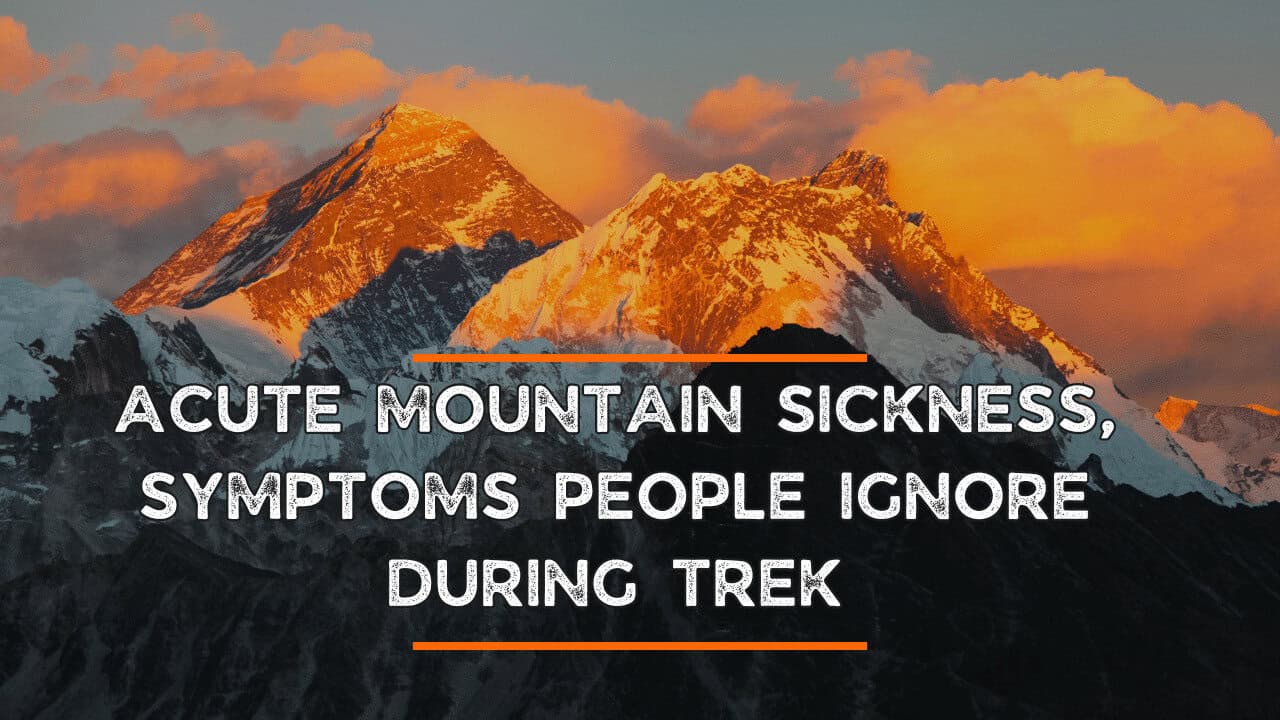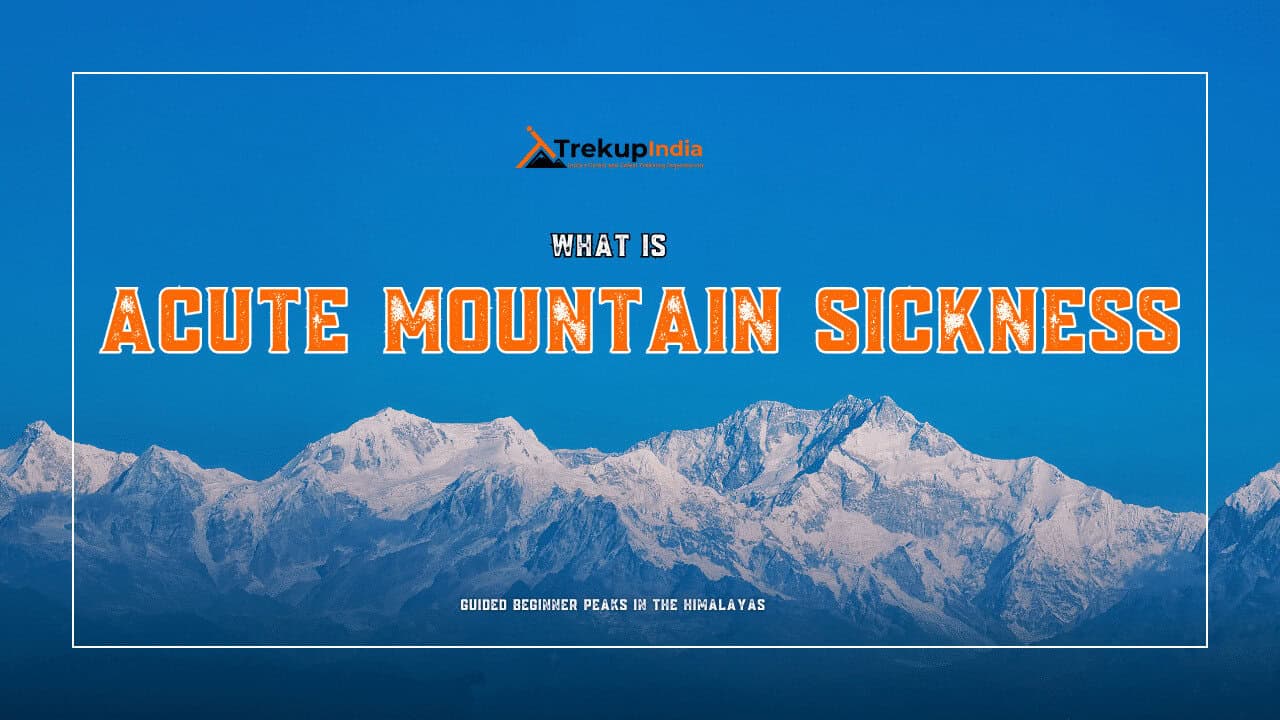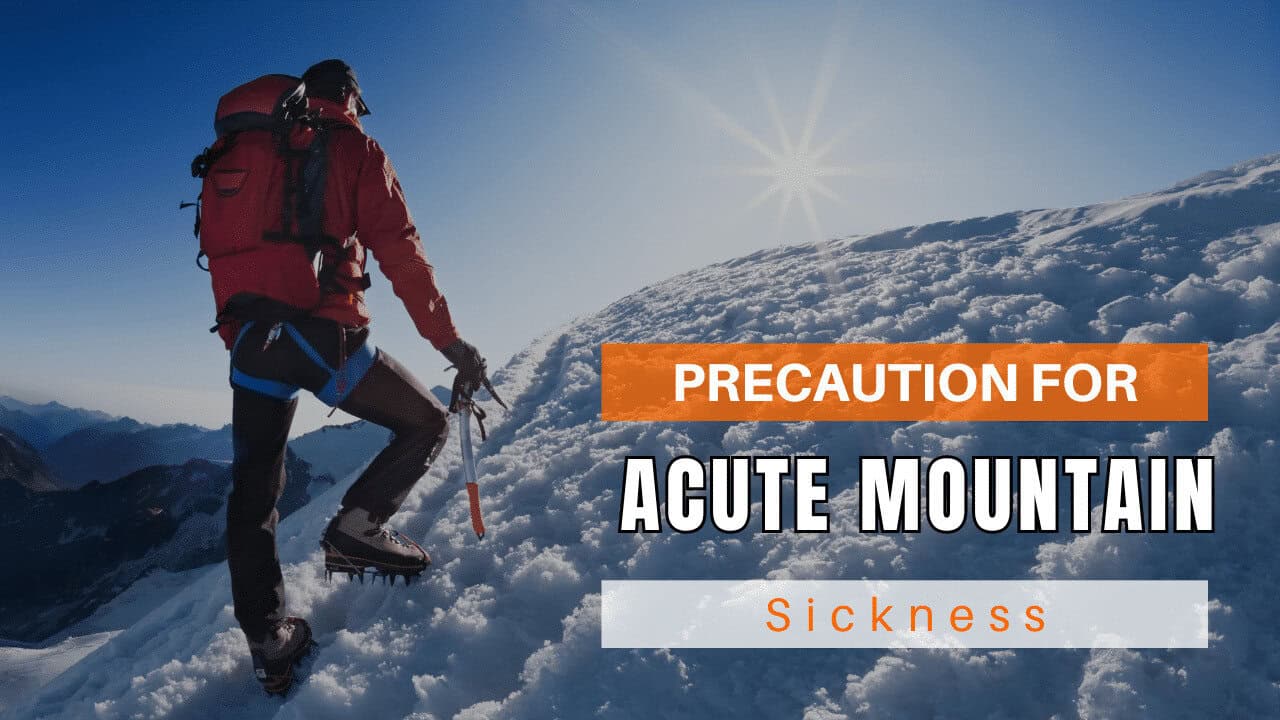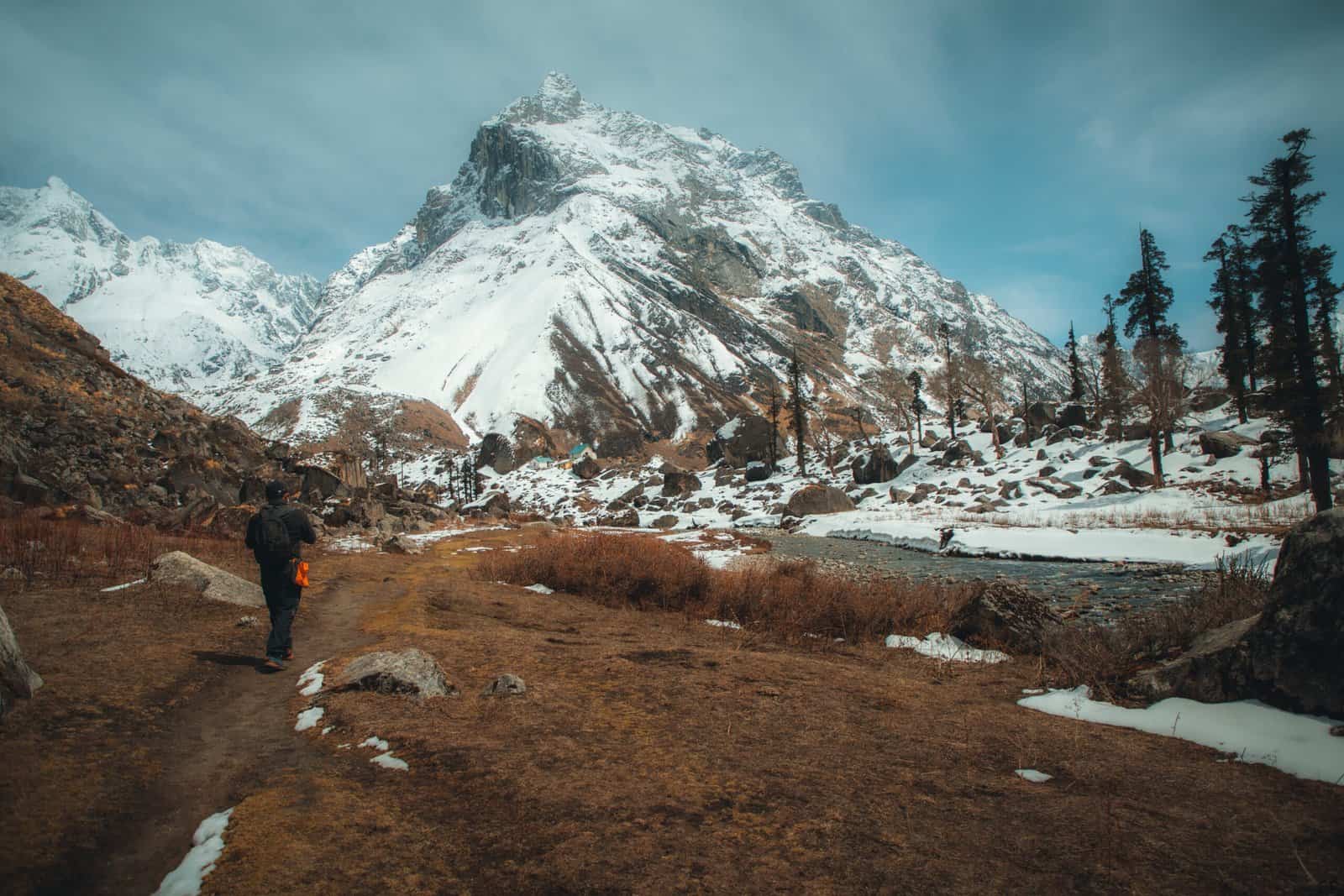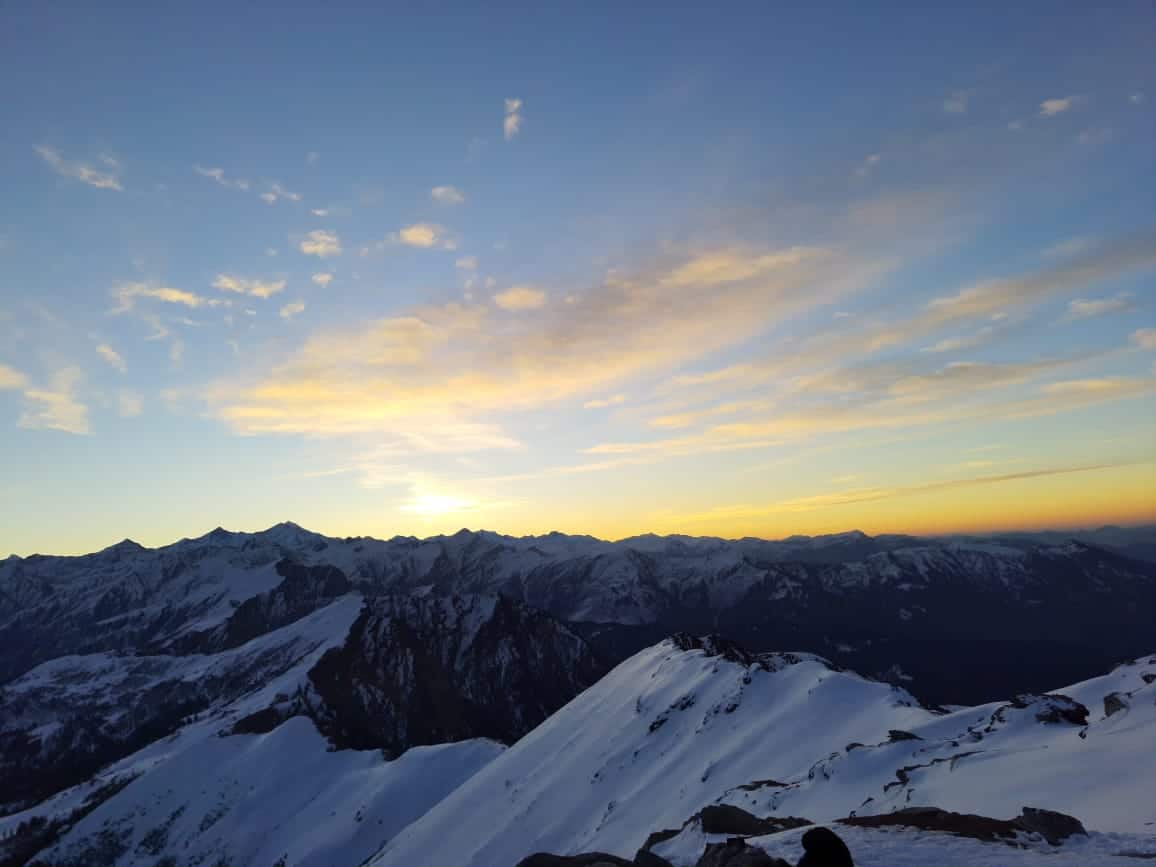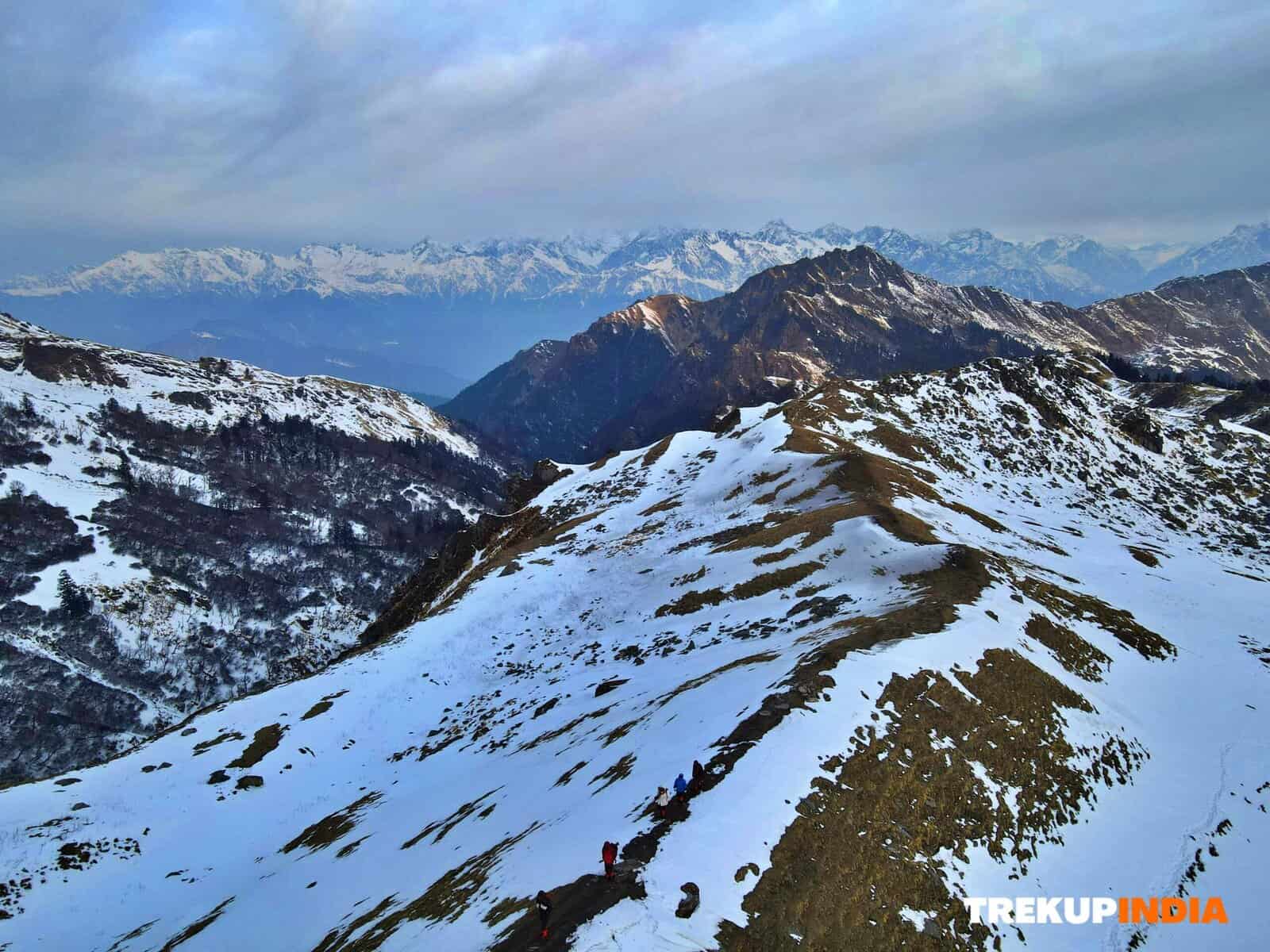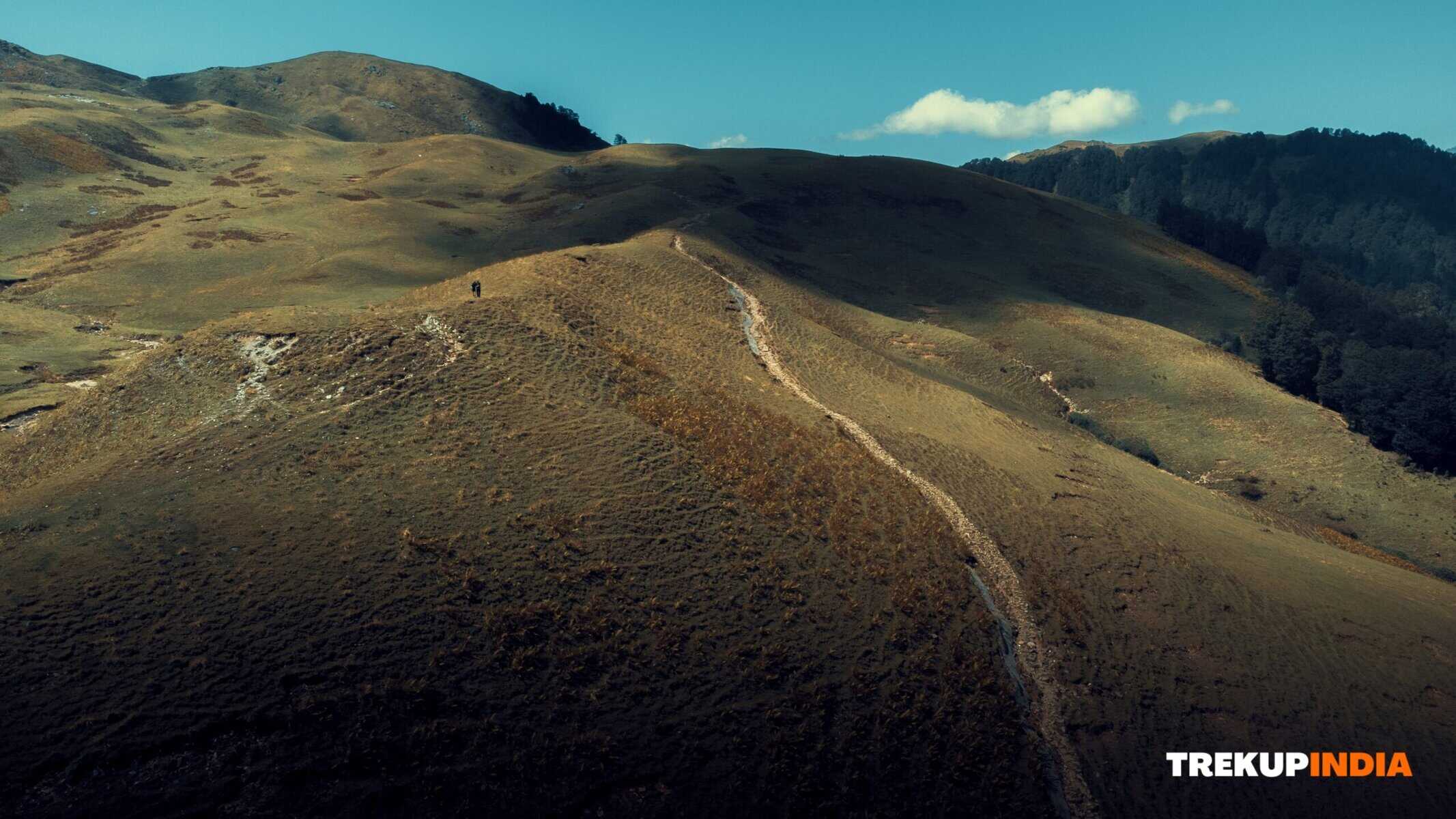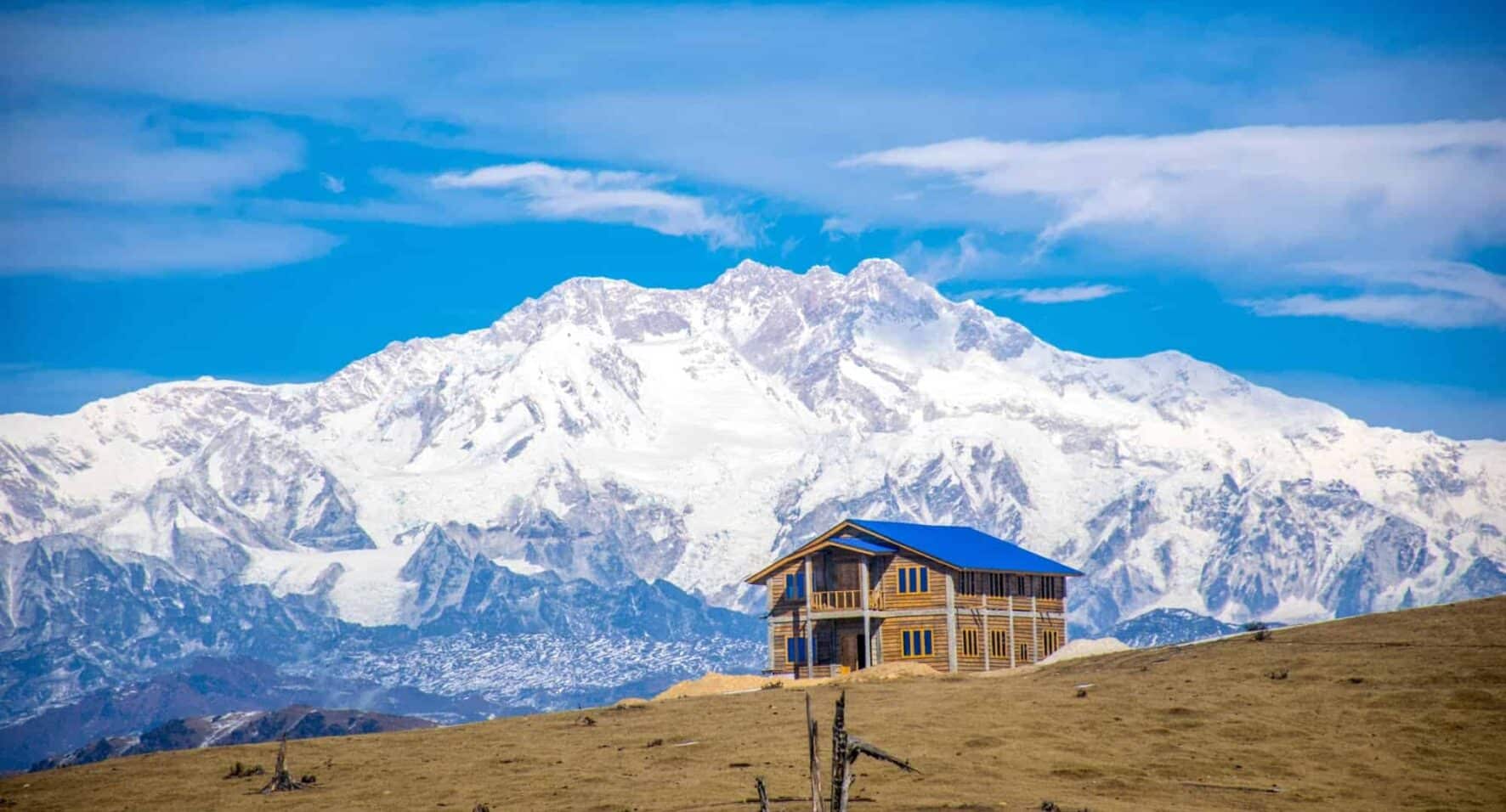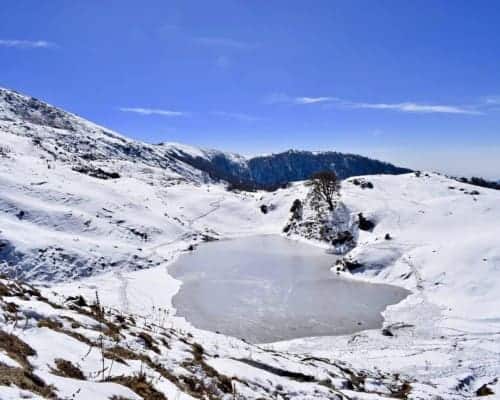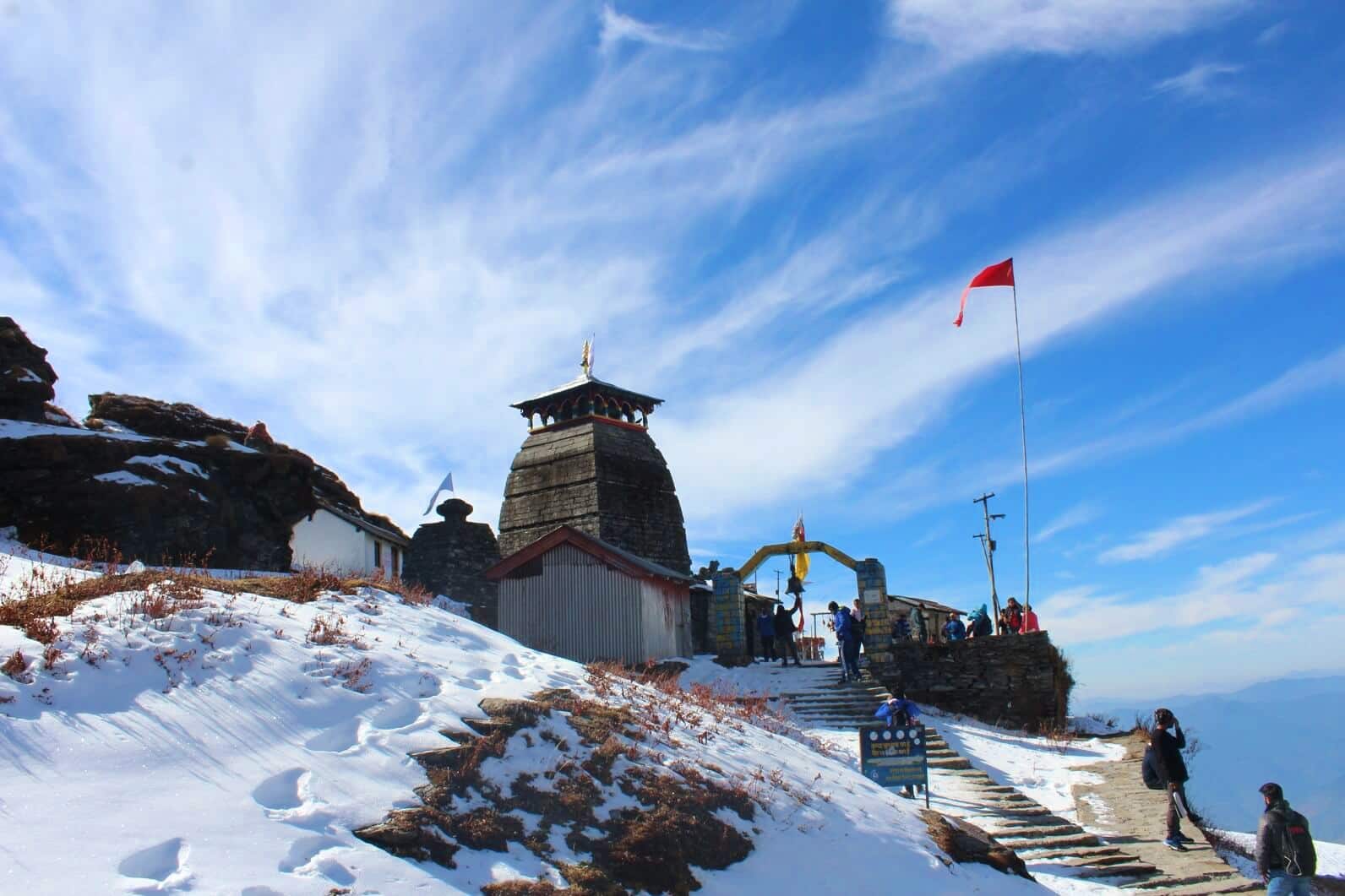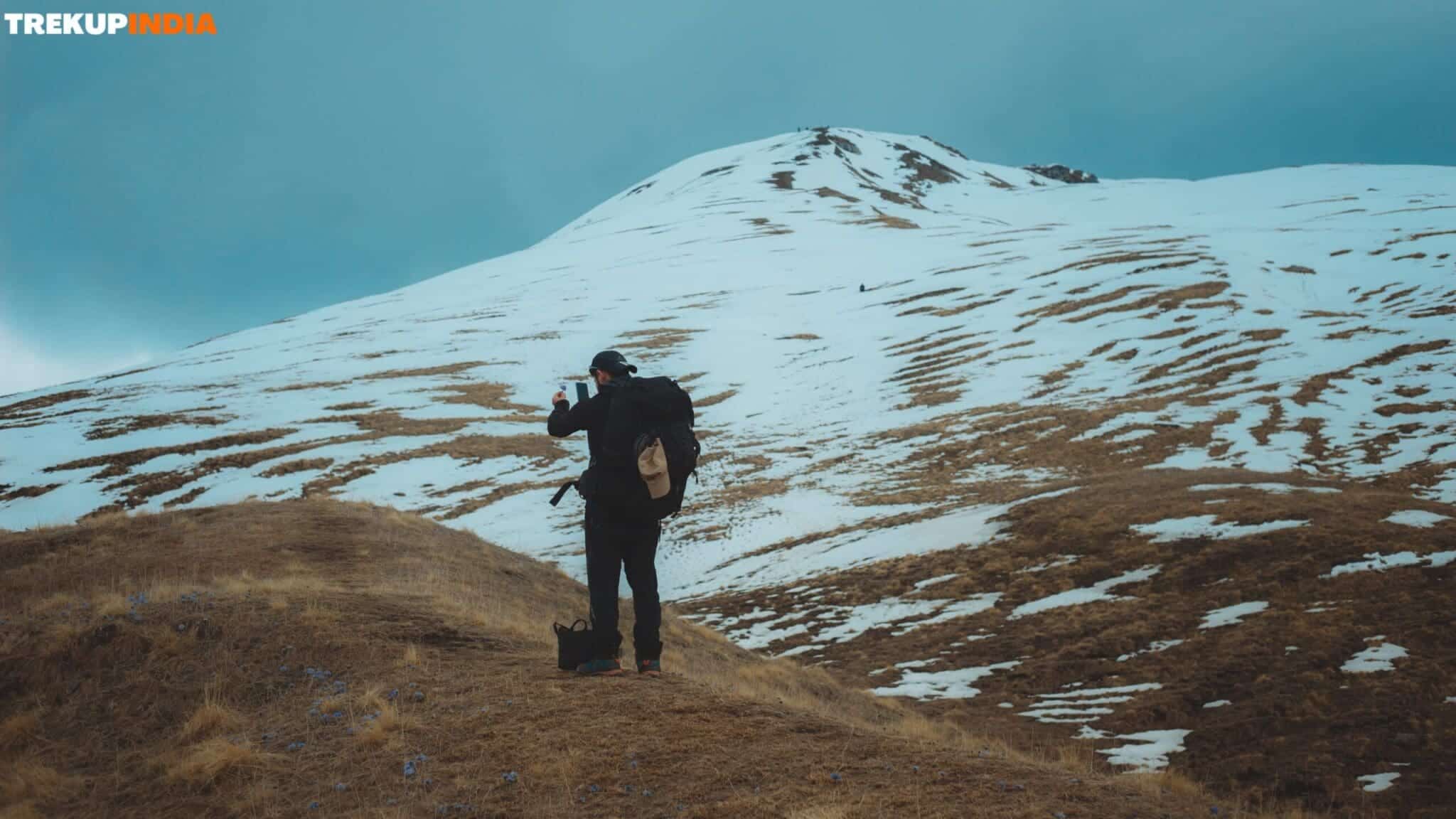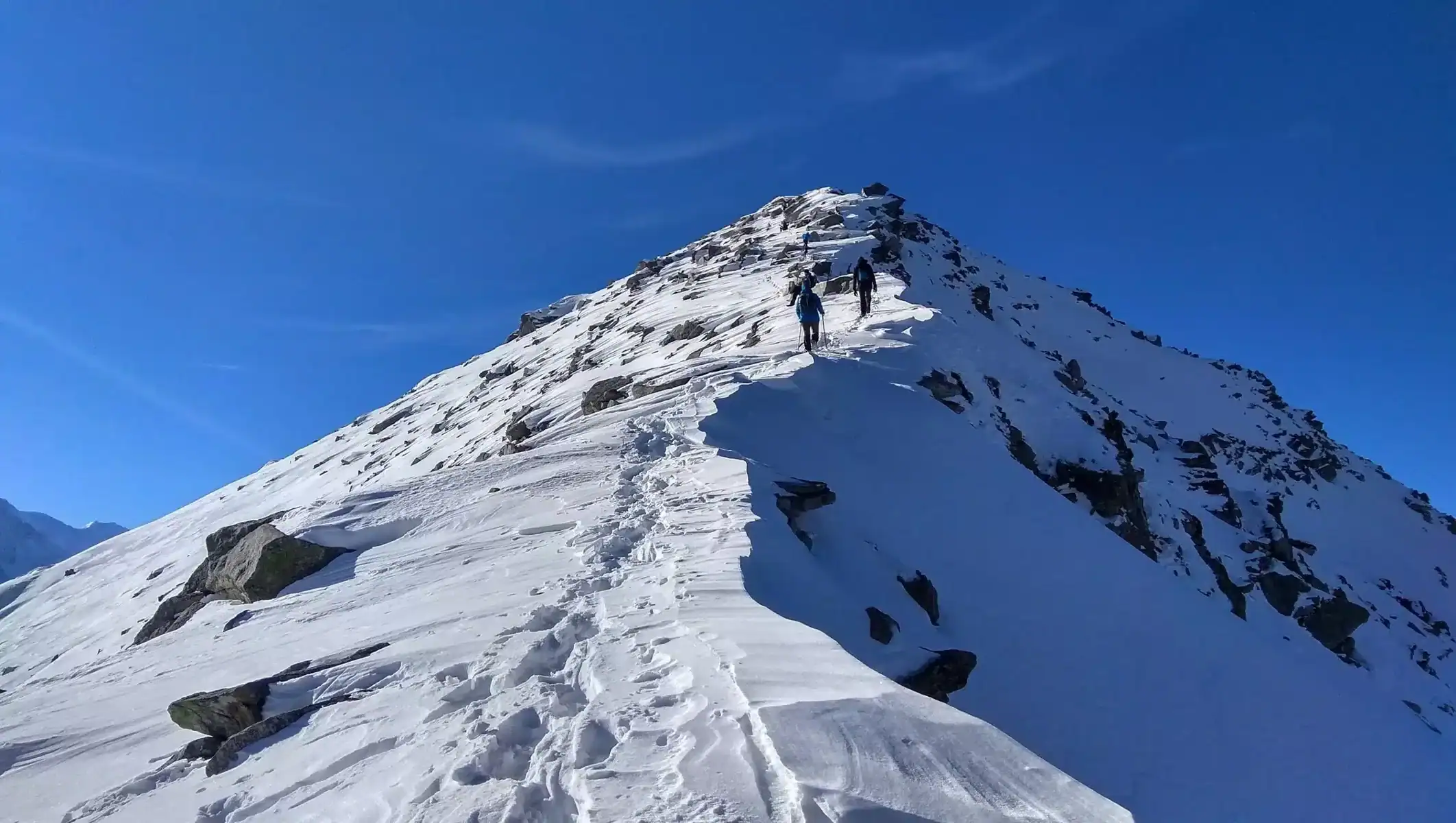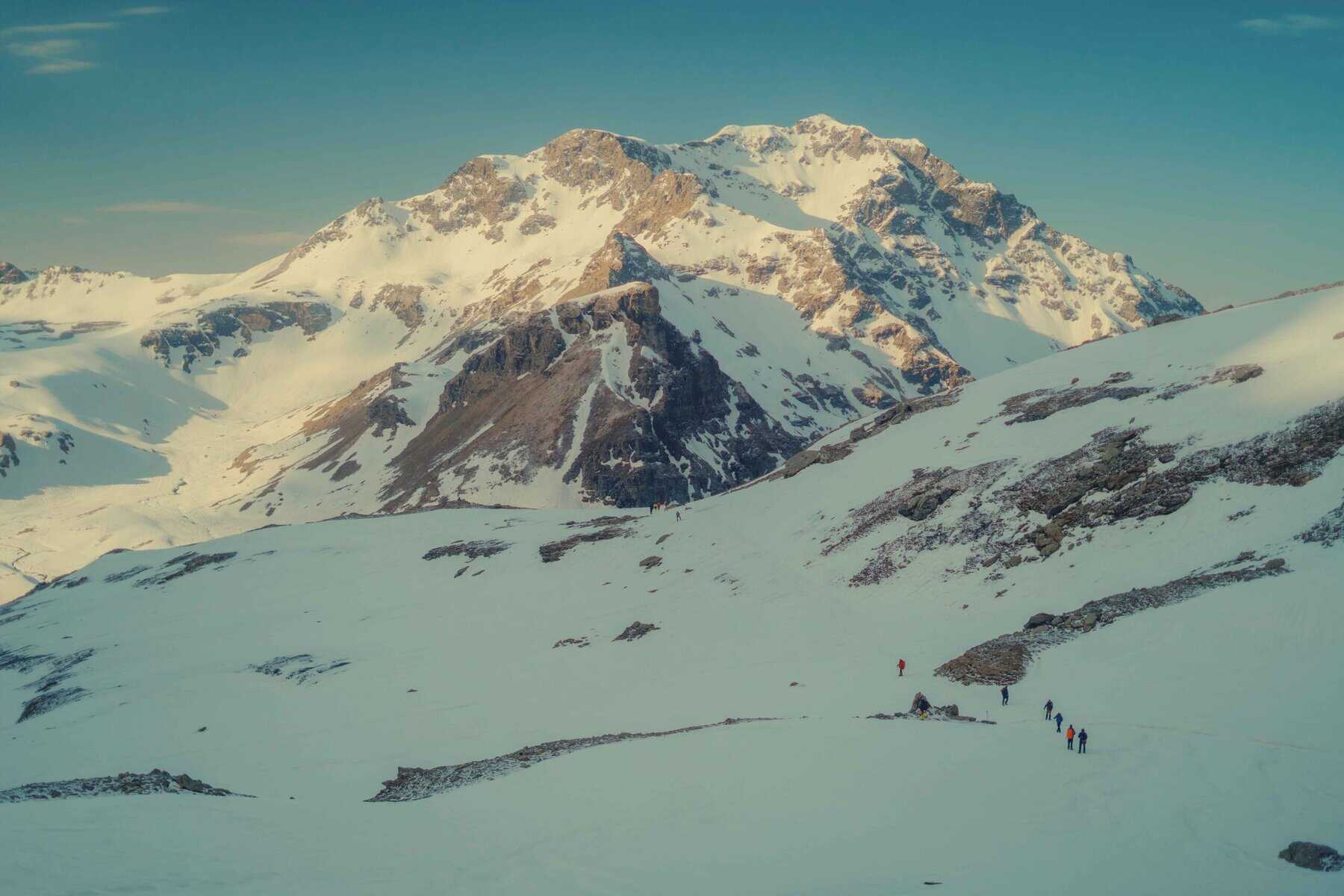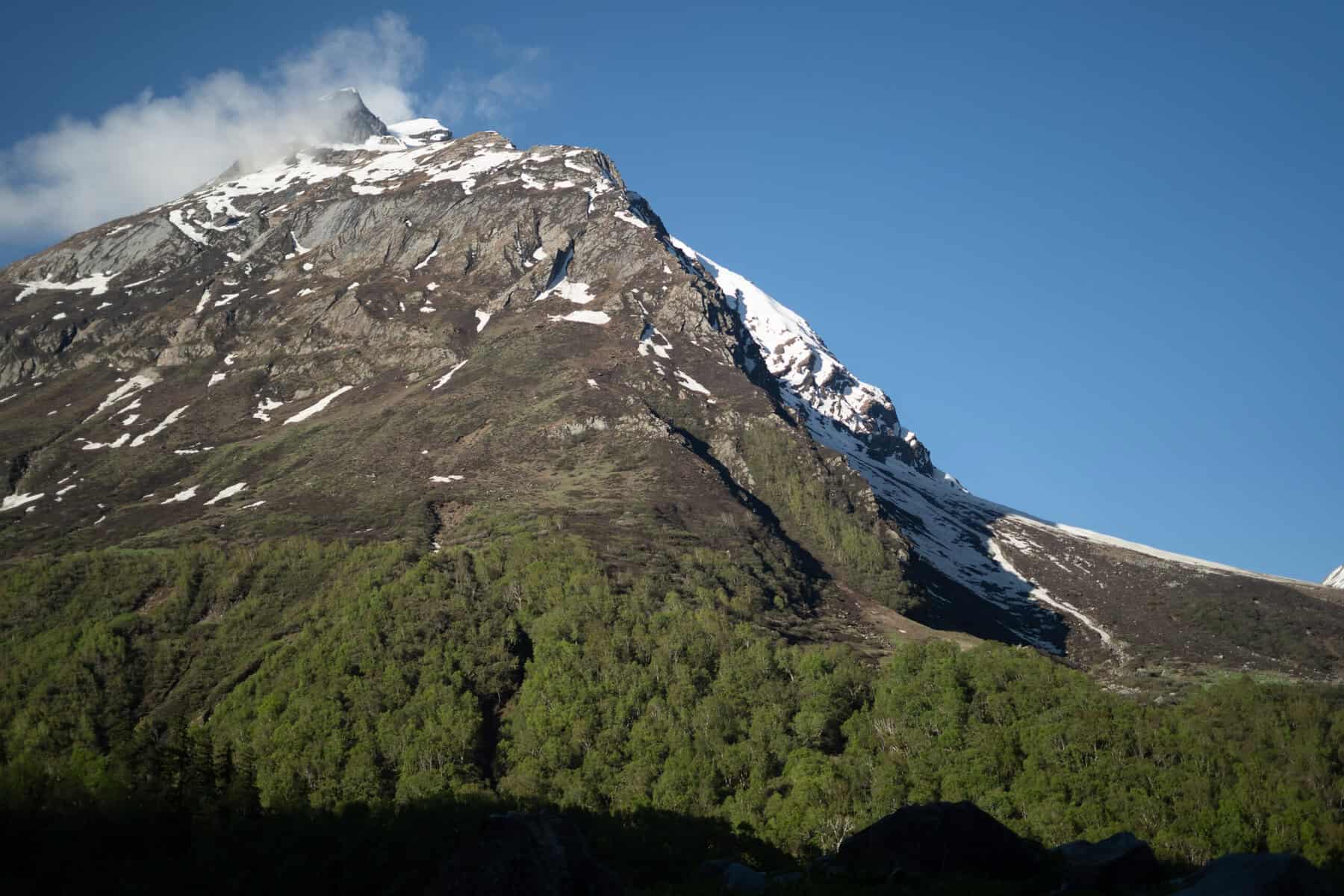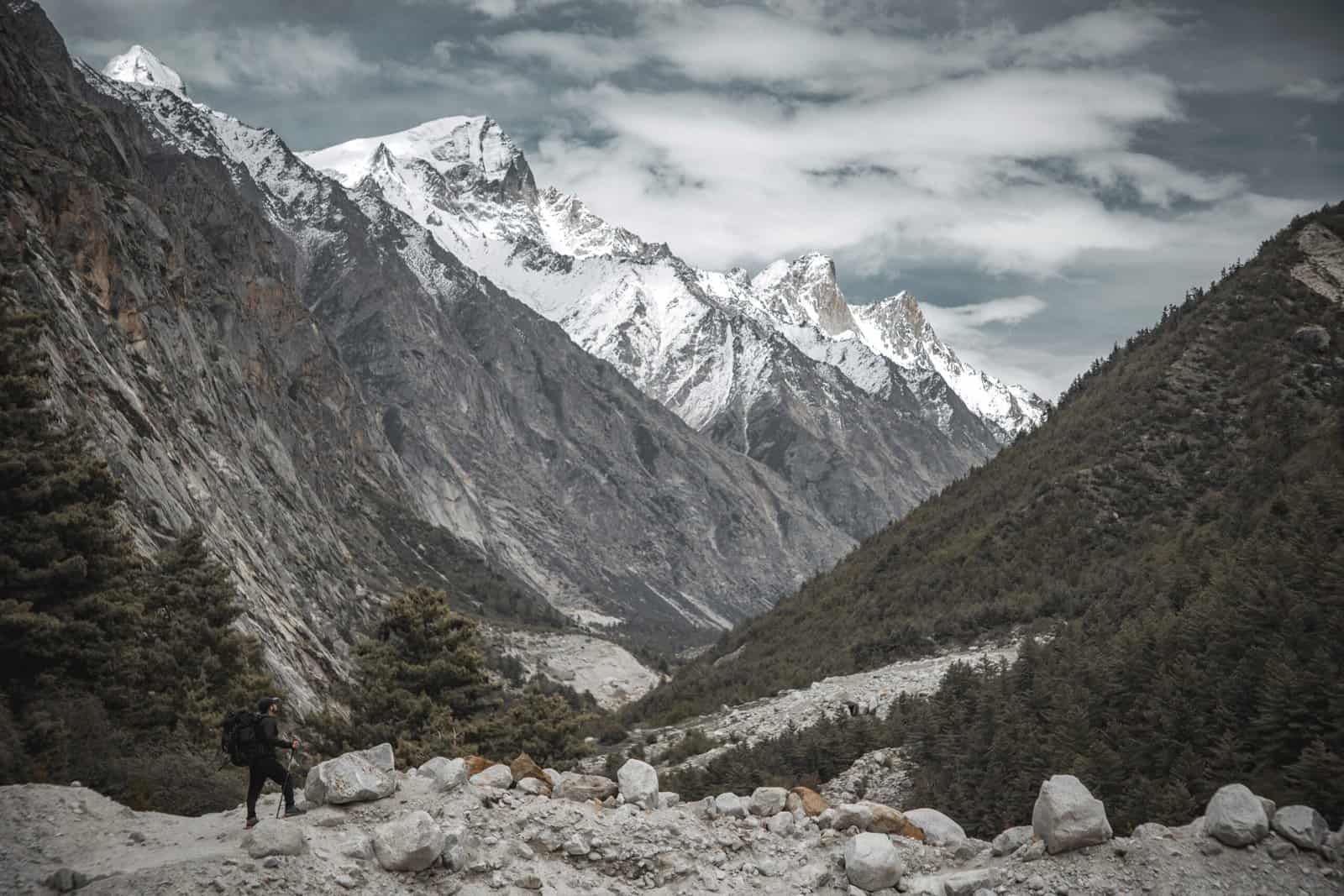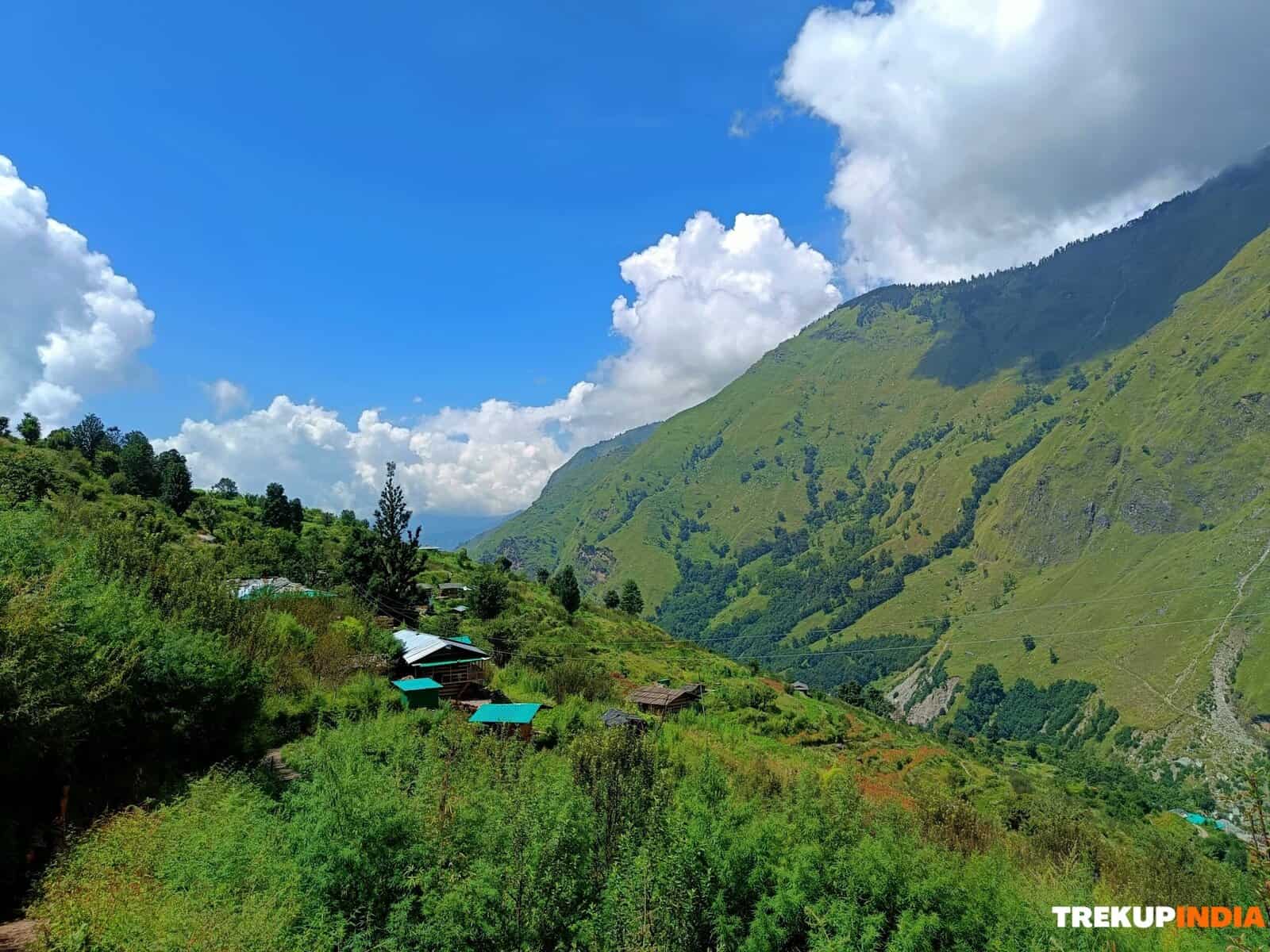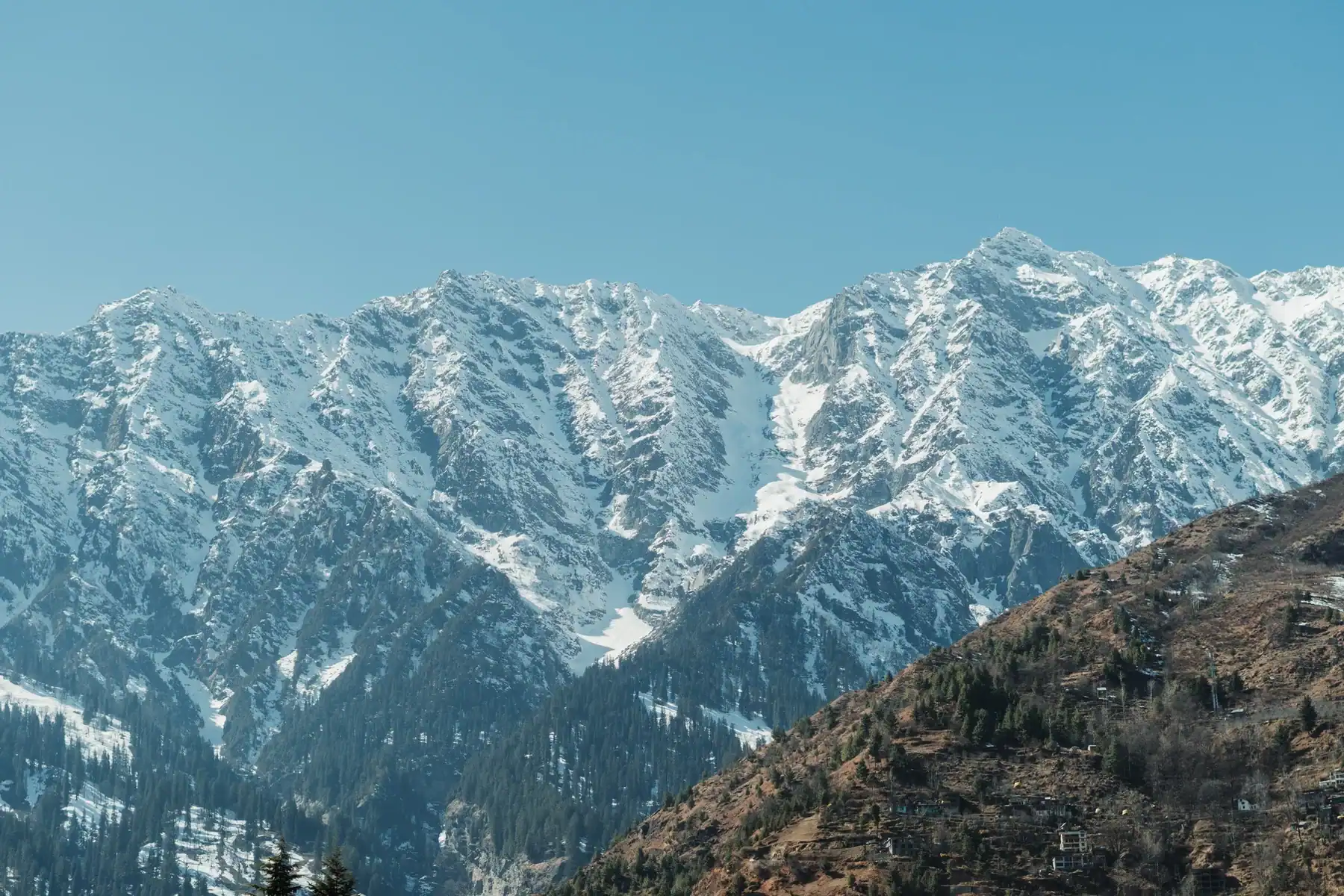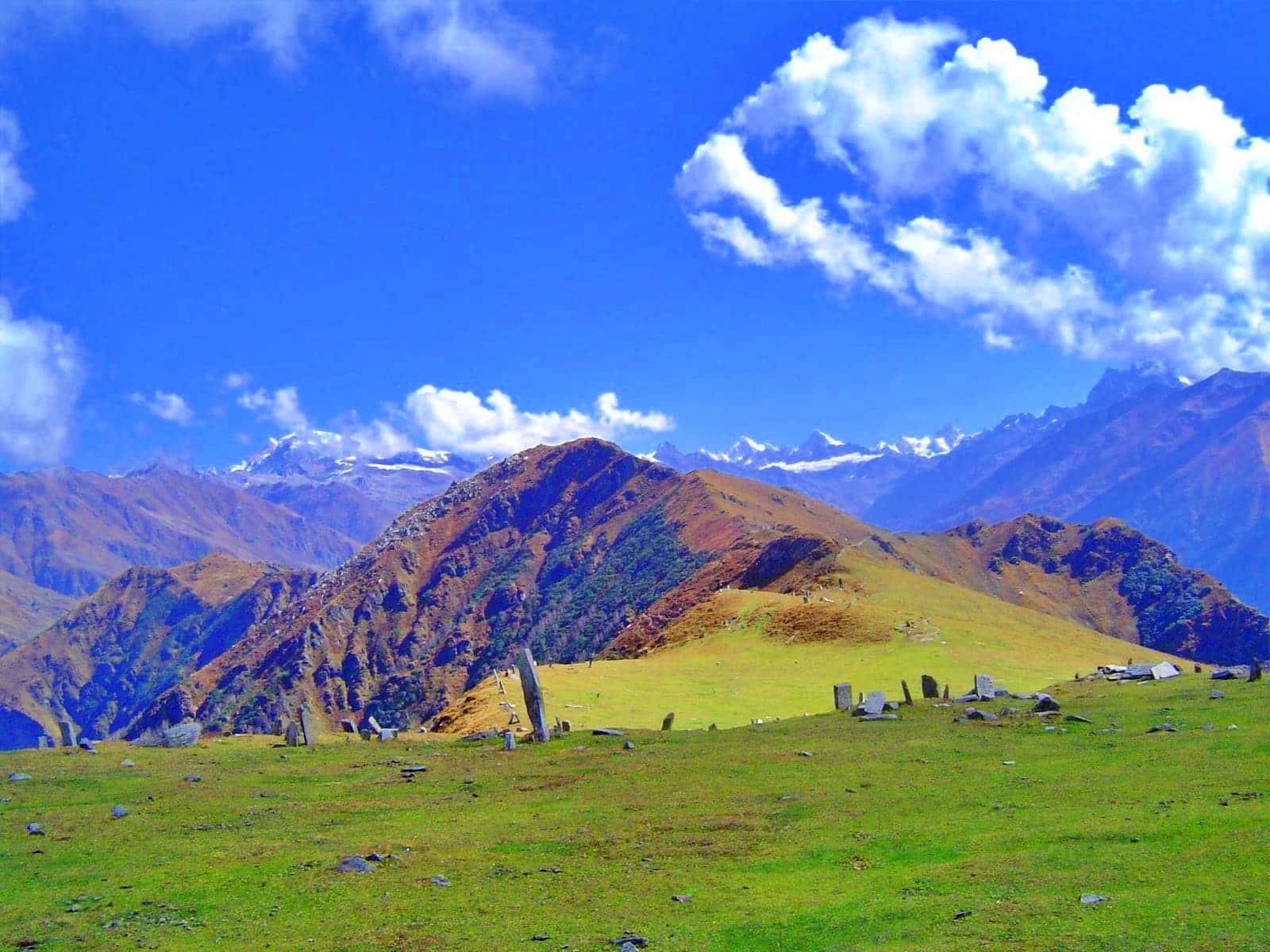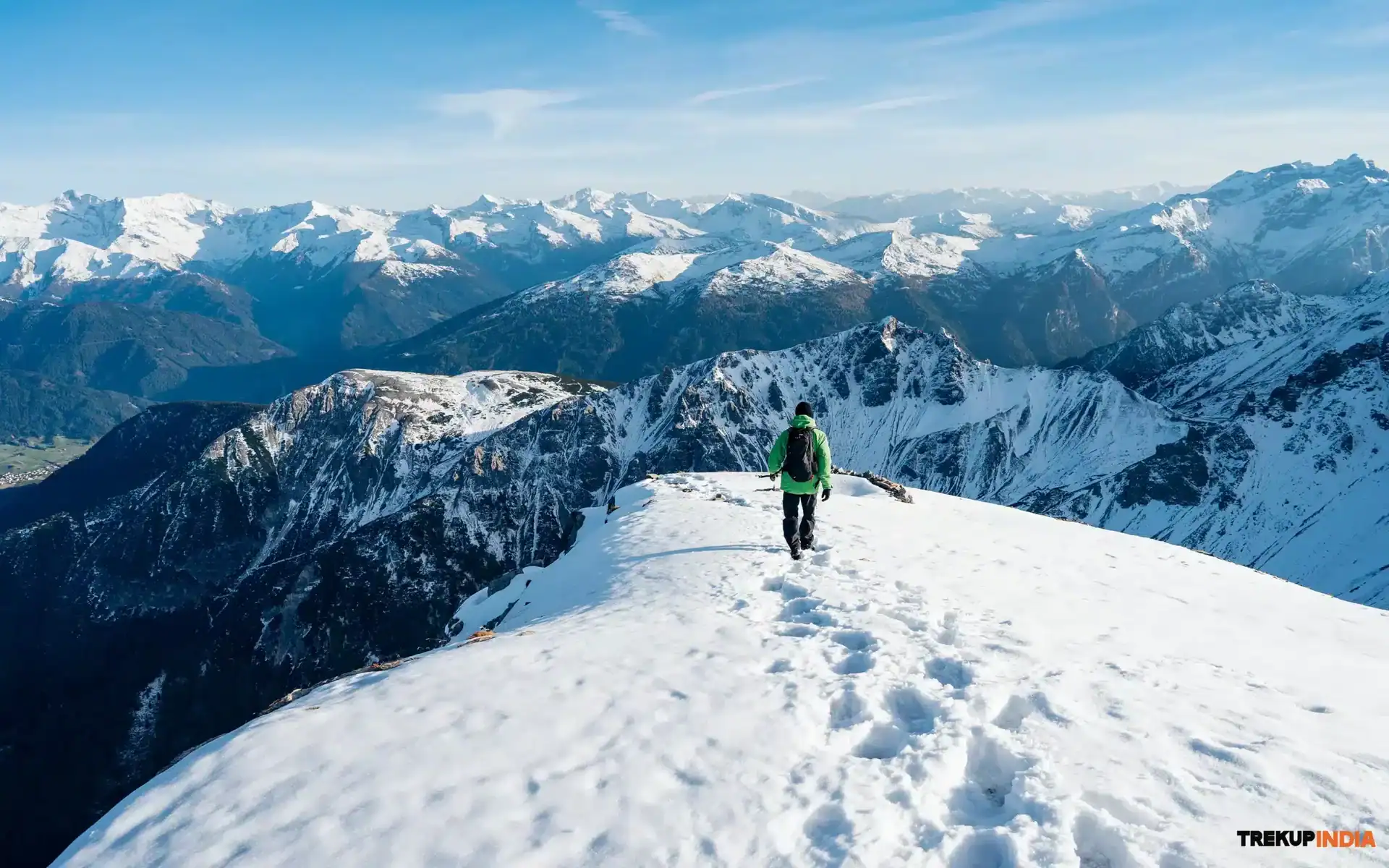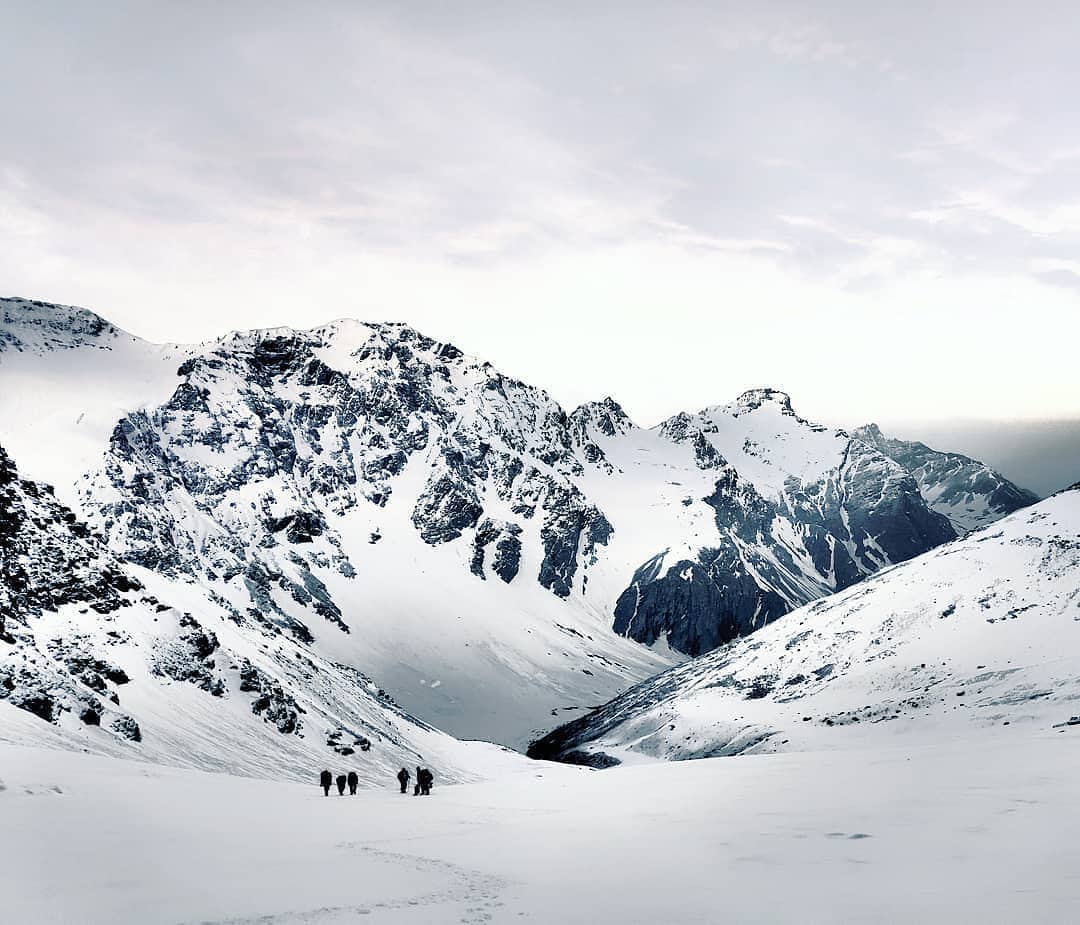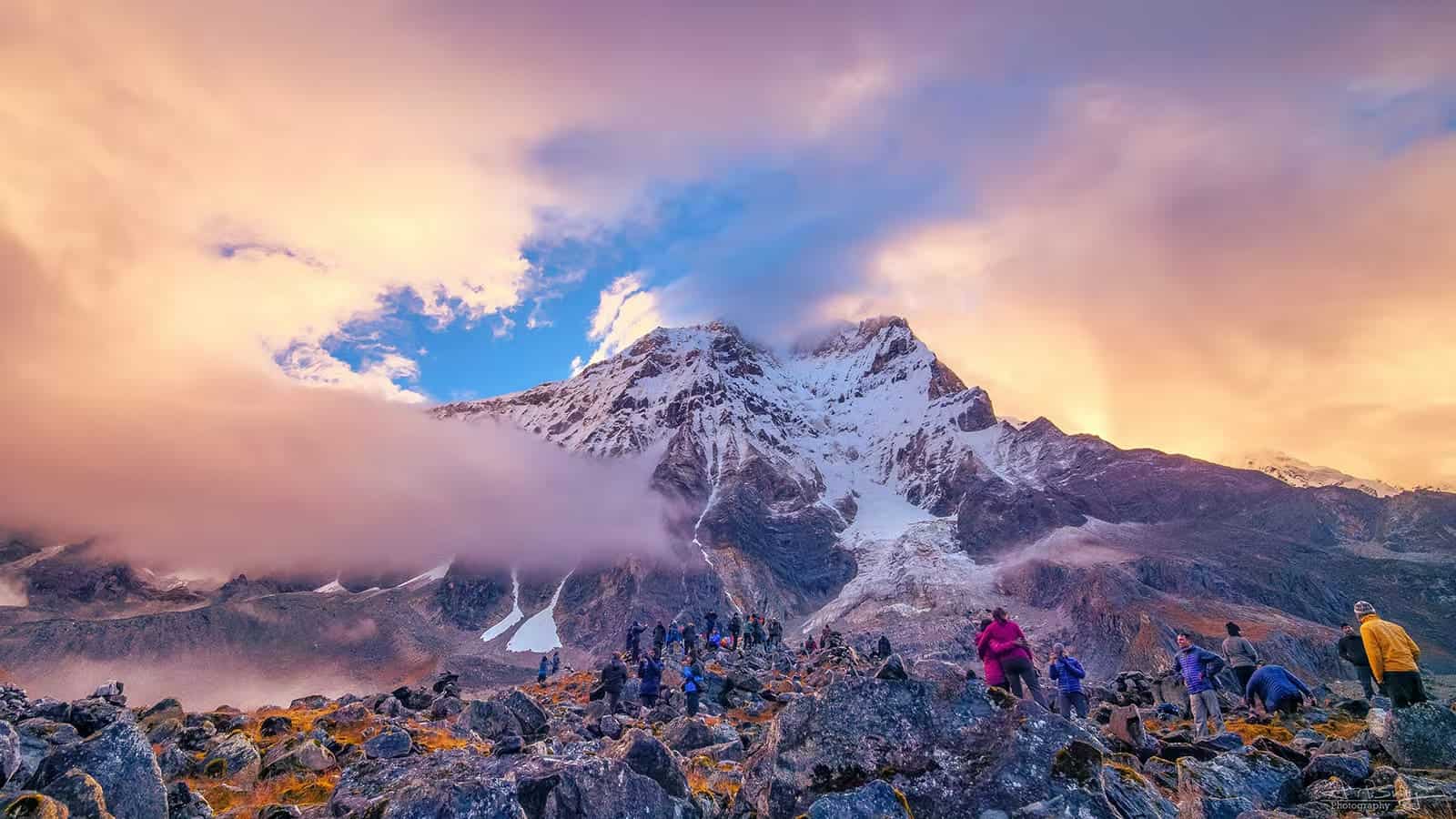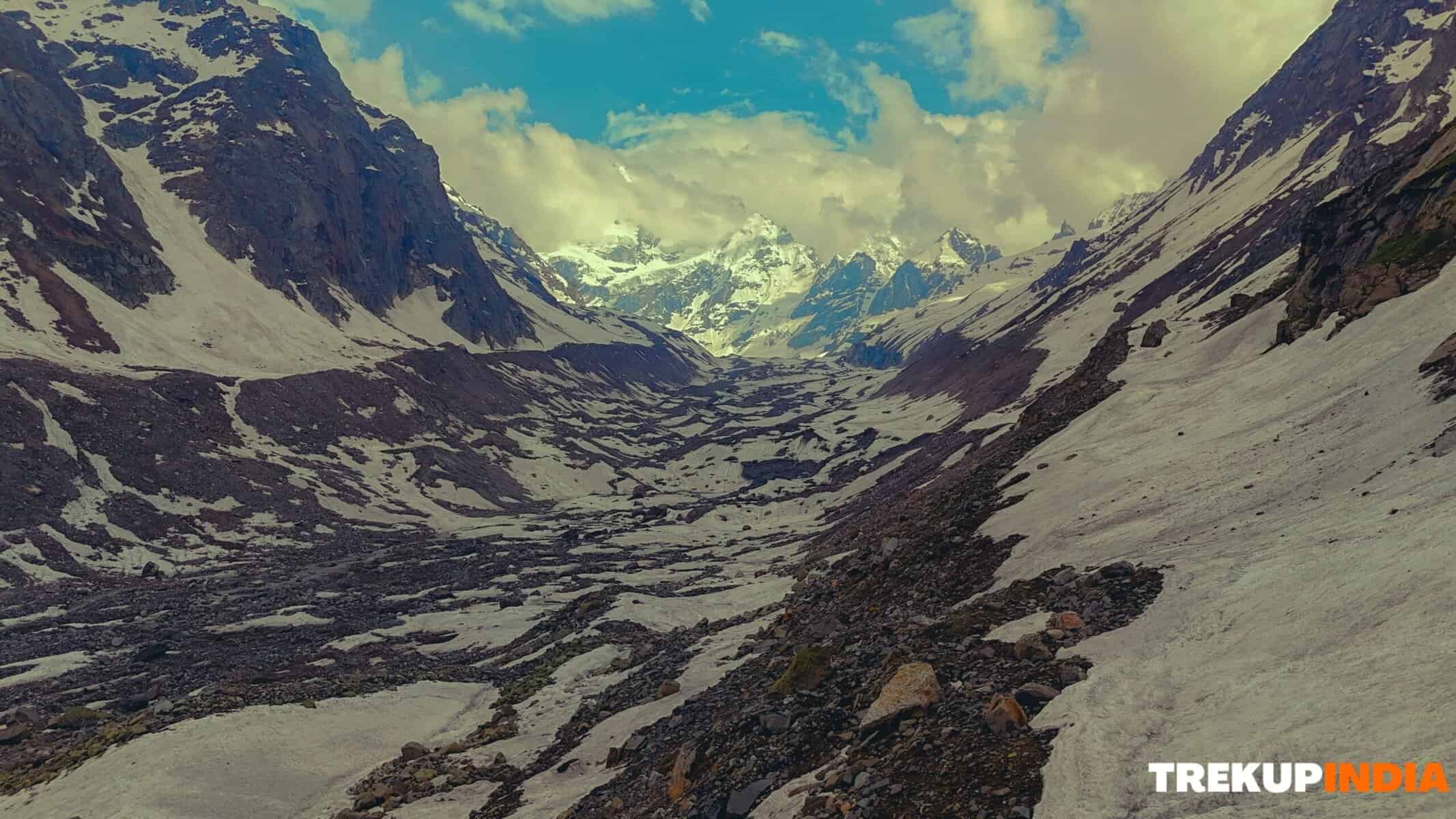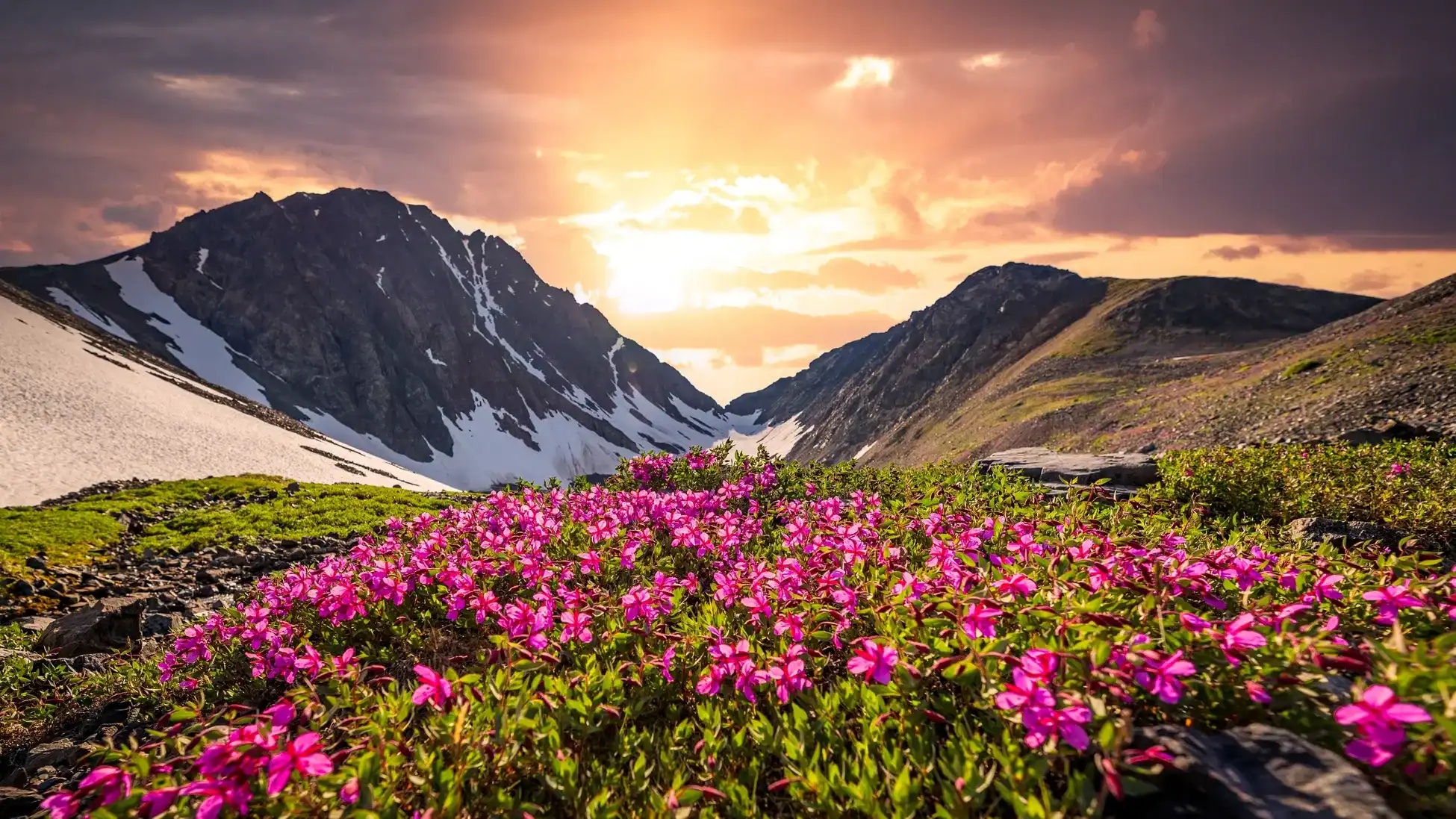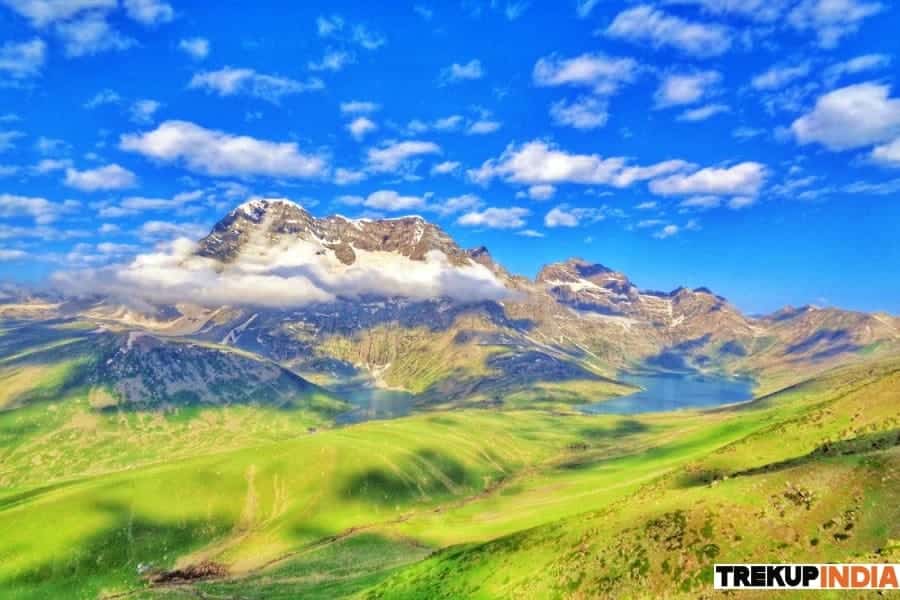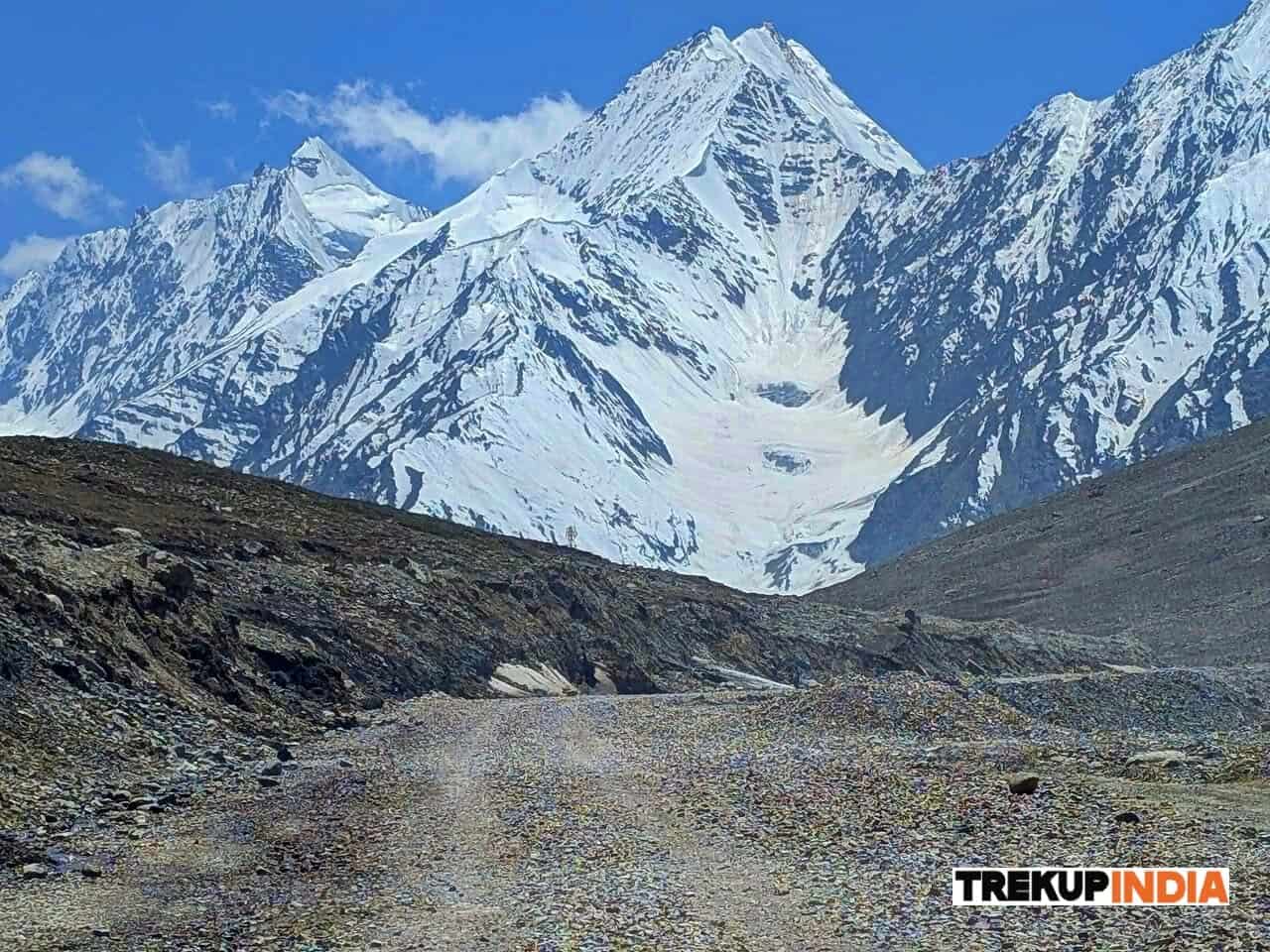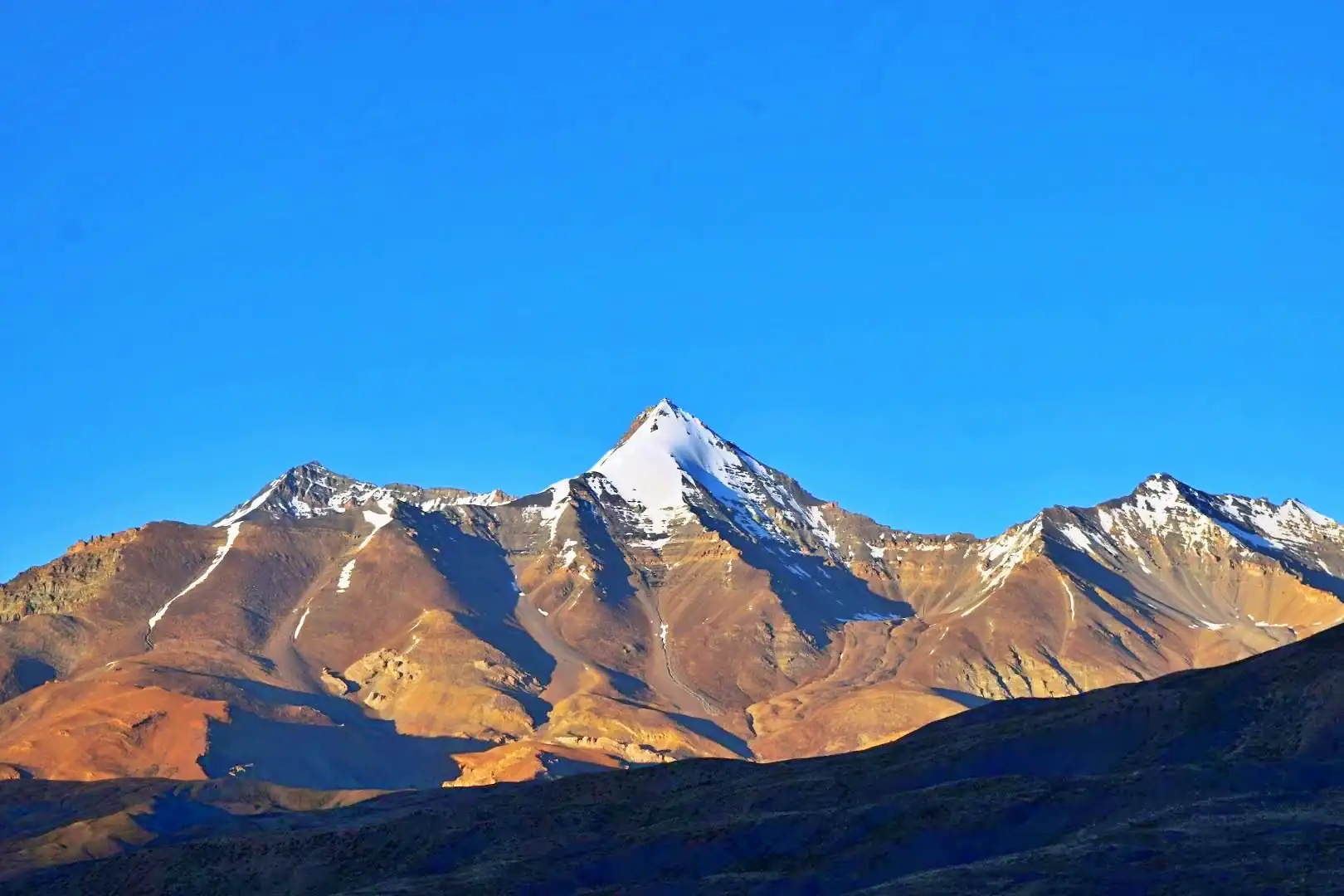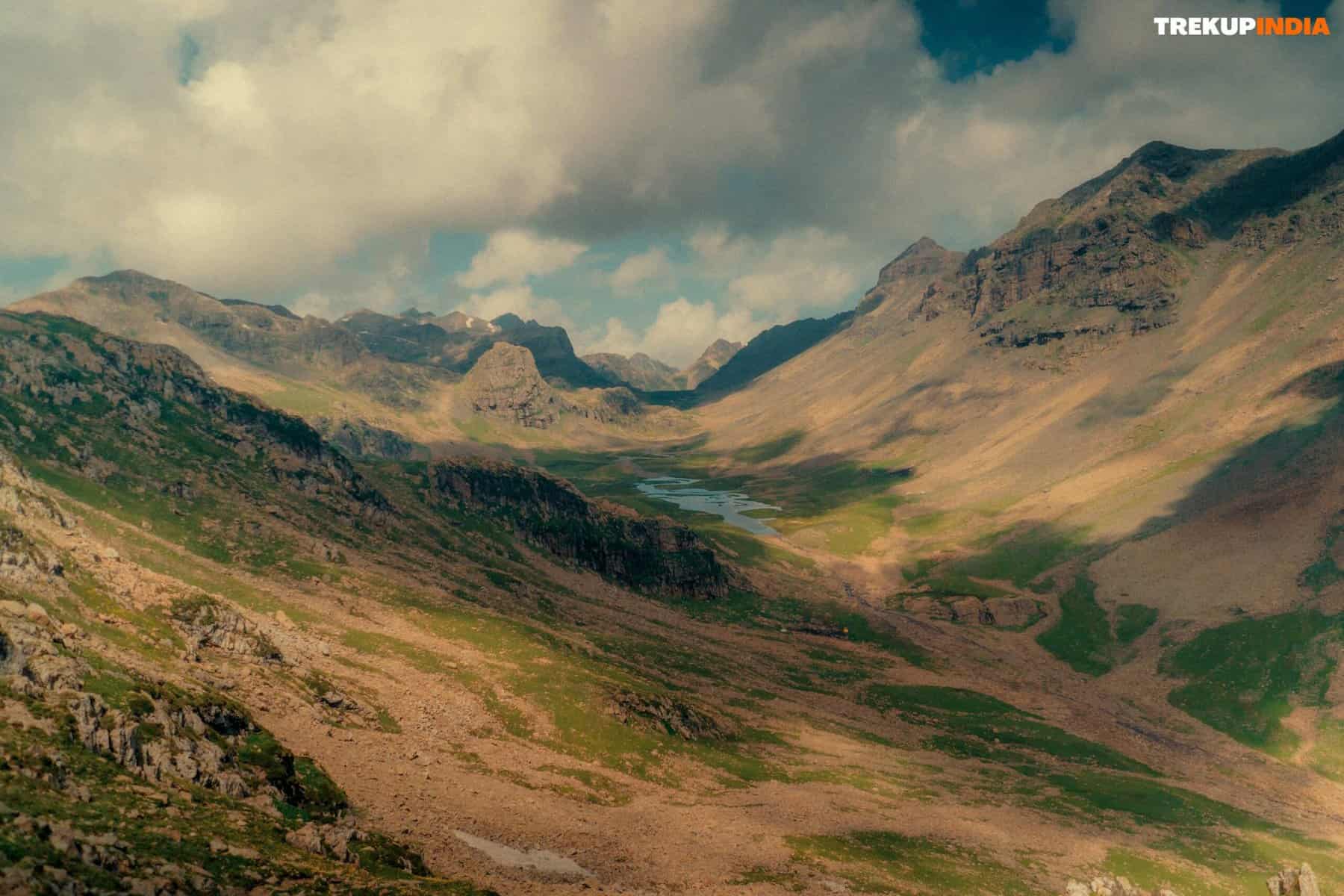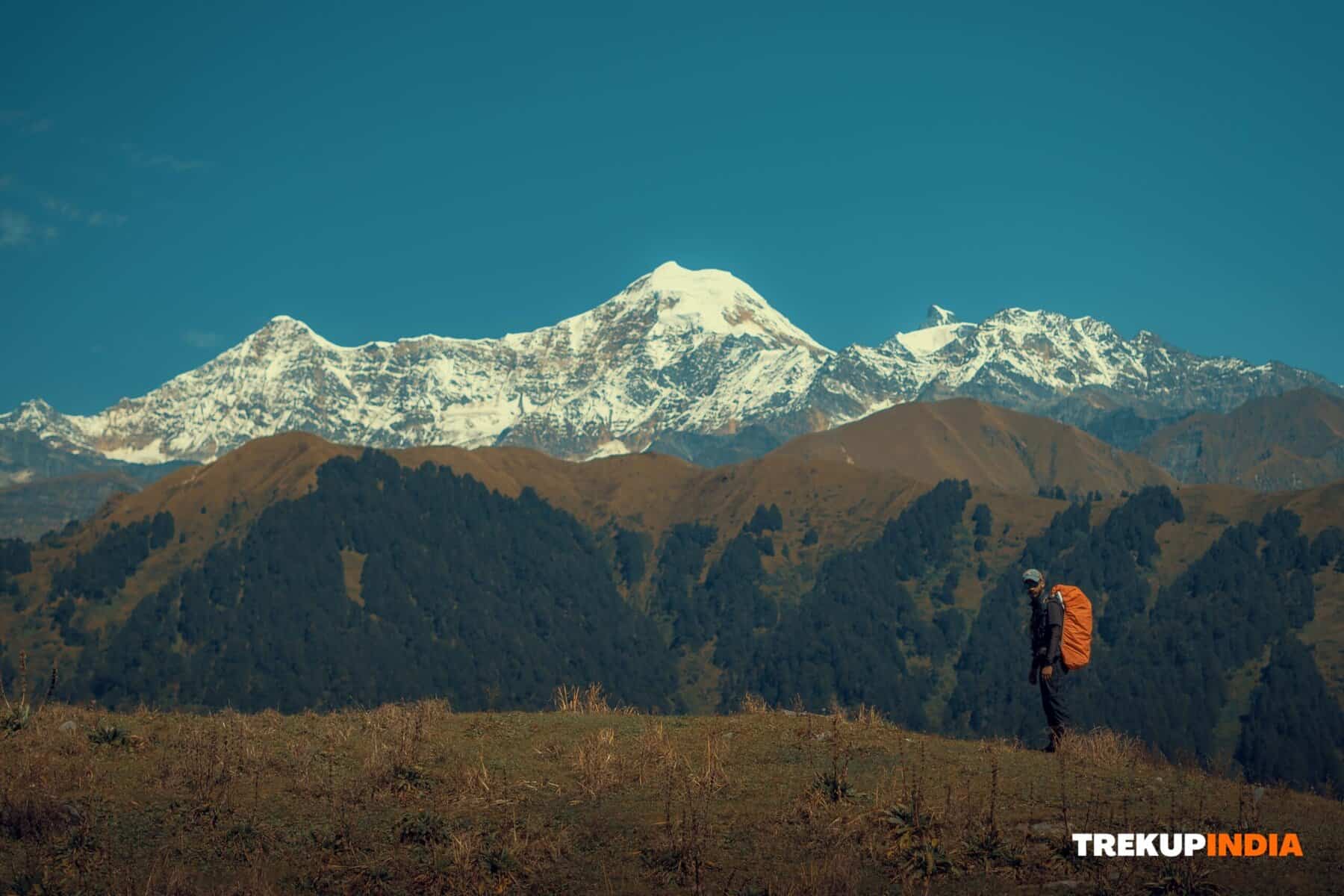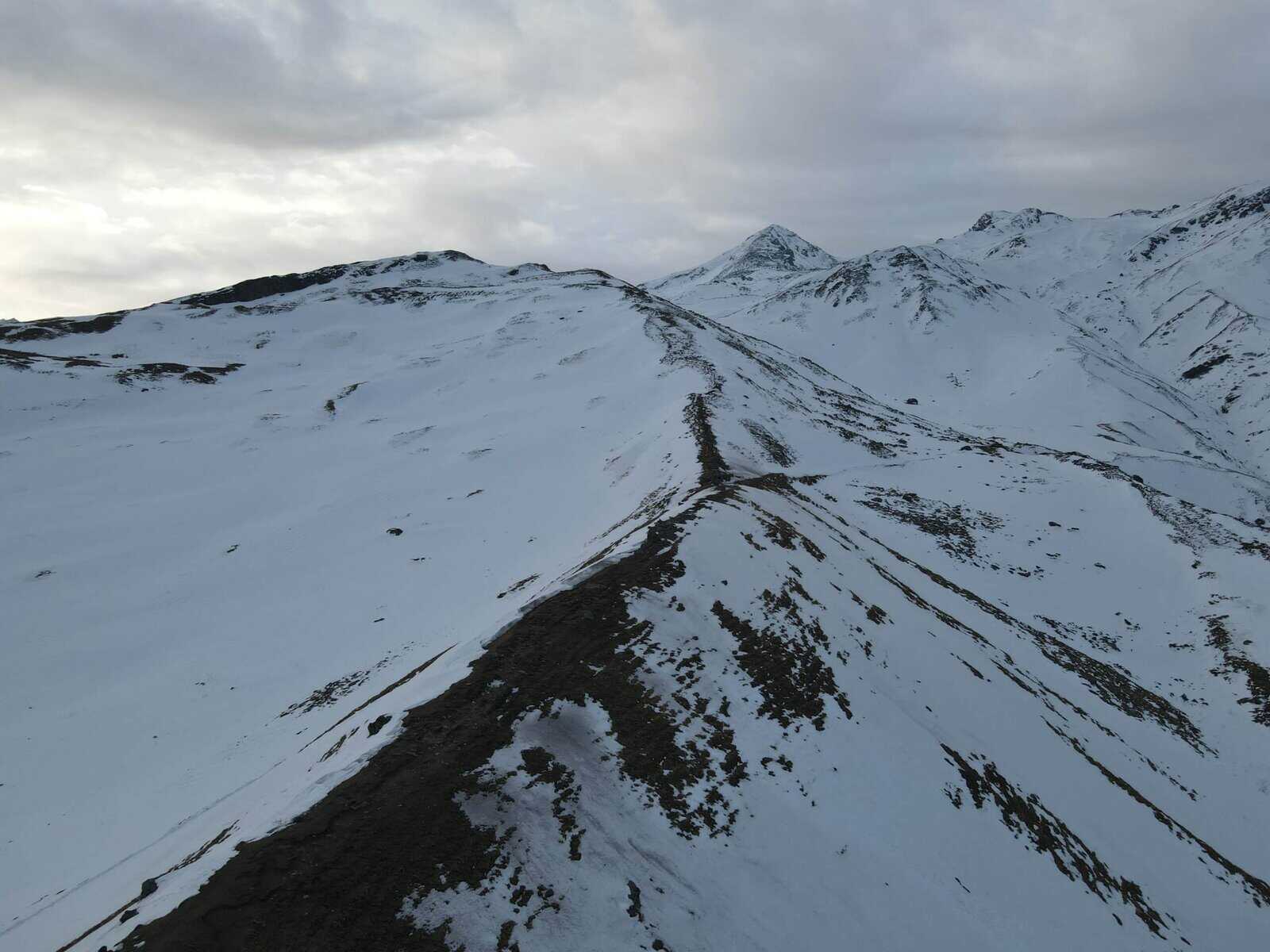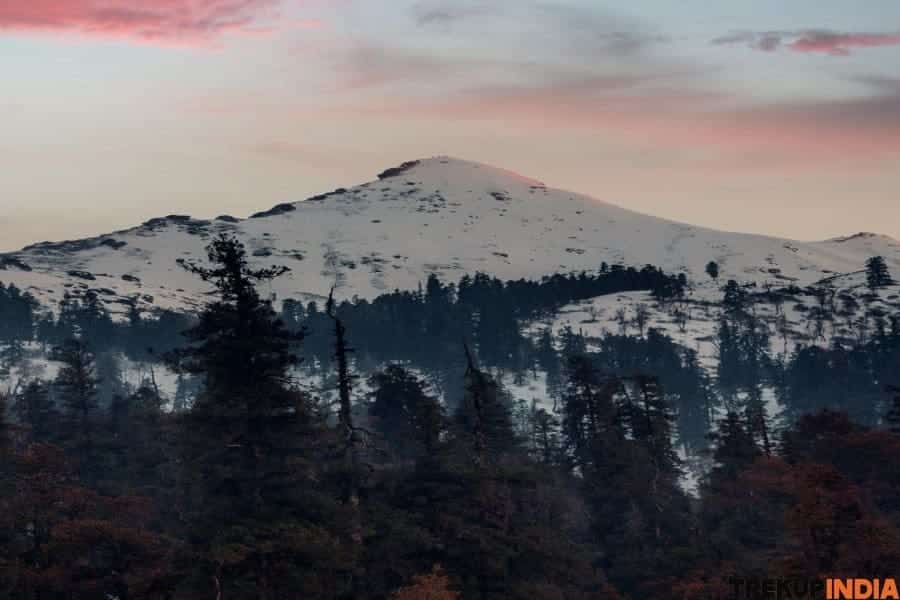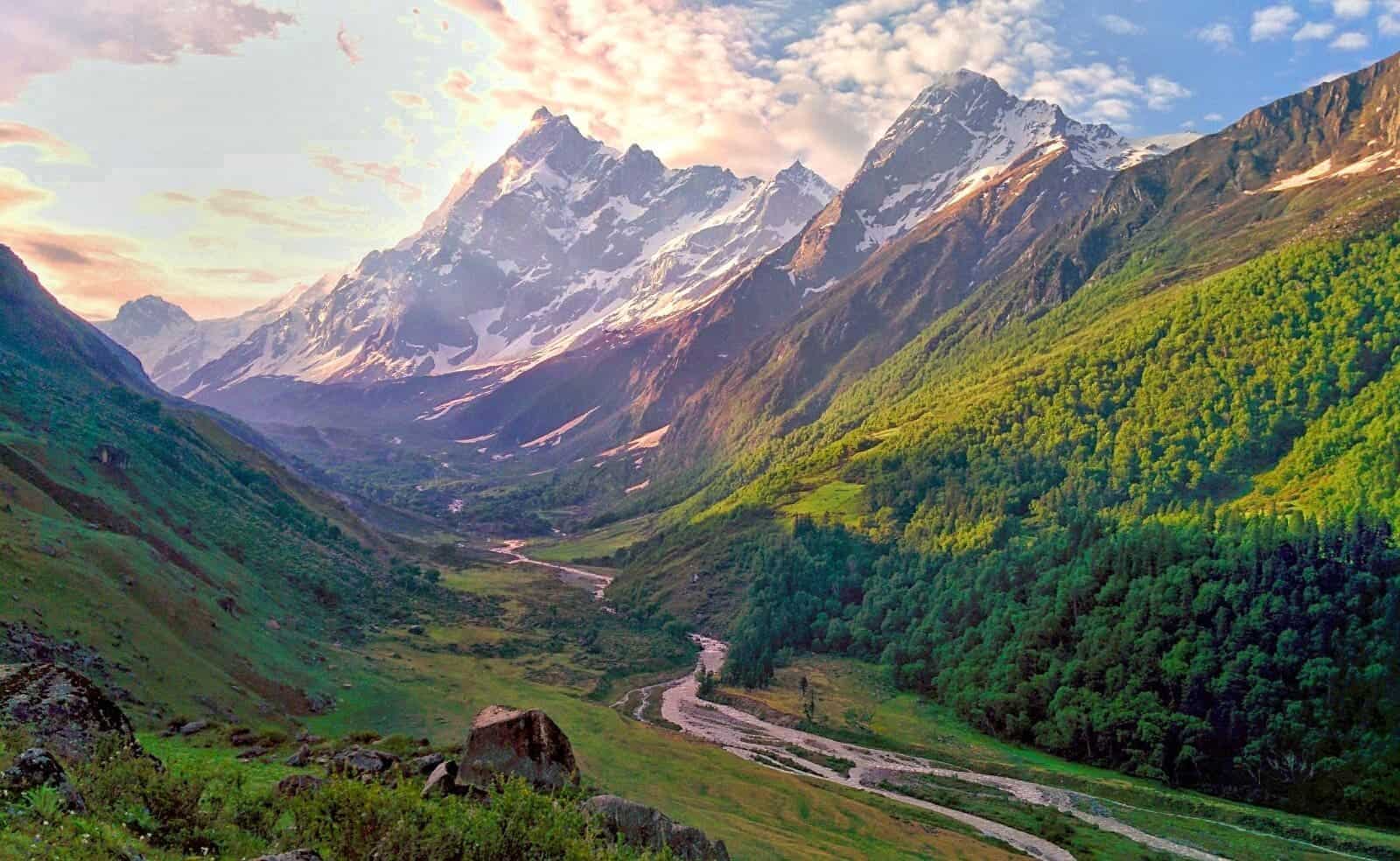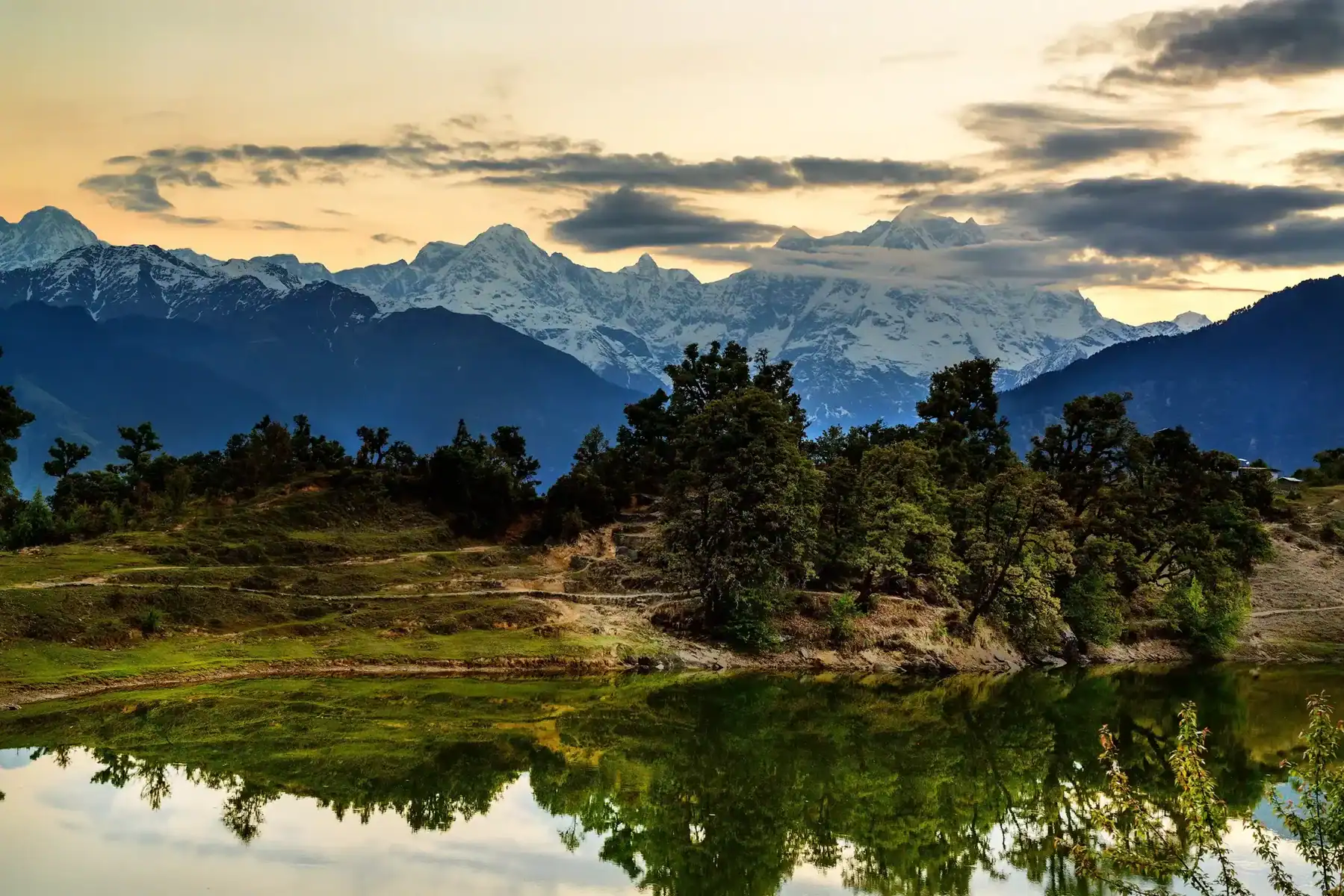Winter vs Summer Treks – Which Season Offers the Best Hiking Experience?
Imagine slipping through pure snow, unspoilt under the clear blue sky being surrounded by white, quiet gigantic snowflakes. Imagine walking through a valley bursting with wildflowers, navigating raging streams with sun glinting through lush, green forests. A snow-covered paradise or blossoming alpine meadows When it is about Himalayan treks, every season has its own unique type of magical. Choosing between a winter trek in India or an spring trek within the Himalayas isn’t only about weather conditions; it affects your whole adventure, the obstacles you’ll face, as well as the memories you’ll make. Let’s find out the season that holds the key for your ideal adventure.
What Defines a Winter vs Summer Trek?
- Winter treks (Typically December – February): This is the land of silence and snow. The trails transform to white tracks, the lakes freeze and temperatures plummet to below zero particularly at night. The days are shorter and require effective trekking. Imagine fresh breath, clear landscapes and a deep sense of the peace.
- The Summer Trek (Typically between May and July): This is the time full of life and energy. As the snow melts (except at extremely high passes) valleys explode in the green of summer, meadows blossom with flowering and streams increase in size. The days are longer and more pleasant providing an enjoyable trekking conditions, with usually blue sky conditions (though monsoon showers may occur at the end of July in certain areas).
Highlights of Winter Treks: Embrace the Frozen Majesty
- Real Landscapes Explore the Himalayas through their most stunning winter coat of snow-covered mountains, lakes frozen that look like jewels, and panoramic views of pristine white peaks in the bright sunlight.
- Serenity & solitude: Escape the crowds. Winter treks provide unparalleled tranquility and peace and allow you to fully feel the pure mountain beauty.
- The thrill of Snow: Walking through the snow, creating snowmen in the camp and experiencing the distinct challenges and beauty of the snowy winter trail will be an adventure by itself.
- Iconic Treks: Kedarkantha (perfect beginner snow summit), Brahmatal (stunning frozen lake views), Kuari Pass (the famous “Lord Curzon’s Trail”), Dayara Bugyal (vast snowy meadows).
- The best for: Adventurers seeking unique challenges, snow lovers photographers who want striking beauty and people who love the solitude.
Problems: Biting cold requiring skilled layering, a heavy backpacks because of winter gear (insulated sleeping bags, jackets gaiters, etc.) possibly tougher trail travel in snowy conditions, and shorter daylight hours.
Highlights of Summer Treks: Revel in the Himalayan Bloom
- Explosion of Color See valleys adorned with blooms (think Valley of Flowers! ) with lush green meadows with vibrant rhododendron woodlands and crystal-clear streams.
- Happy Trekking You can enjoy longer daylight hours with cooler temperature (though they are still cold in high altitudes) and generally stable conditions before the monsoon arrives. It is ideal for tackling more distances comfortably.
- Wildlife & Photography Paradise: Spot birds, butterflies, and perhaps wildlife. The vivid sky and clear landscapes make for a photographer’s paradise.
- Iconic Treks: Valley of Flowers & Hemkund Sahib (botanical wonderland), Hampta Pass (stark desert-meet-mountains crossover), Buran Ghati (thrilling pass descent, often with snow early season), Rupin Pass (dramatic waterfalls and changing scenery).
- The best choice for: Nature lovers, photographers, birdwatchers, people who like milder climates new trekkers looking for traditional Himalayan beautifulness, and groups searching for trails that are social.
Problems The strong mountain sunlight that can lead to heat exhaustion or sunburn at lower elevations, a possibility to see afternoon showers (especially in late July) more likely meeting another trekking groups, and longer trekking days could be possible.
Winter vs Summer Treks: The Quick Comparison
Feature | Winter Treks (Dec–Feb) | Summer Treks (May–July) |
Terrain | Snow-covered, potentially icy | Lush green, rocky, wildflowers |
Difficulty | Moderate to Difficult | Easy to Difficult |
Weather | Cold, dry, sub-zero possible | Mild days, cool nights, risk of rain |
Crowds | Fewer people, high solitude | More popular, social trails |
Best For | Snow lovers, solitude seekers | Nature lovers, photographers |
Key Gear | Heavy insulation, snow boots, gaiters, thermals | Lighter layers, rain jacket, sun protection, trekking poles |
Atmosphere | Silent, stark, magical | Vibrant, alive, bustling |
How to Choose the Right Season for you?
Are you still pondering what trek season is the best? The answer is in your:
- The Cold Toughness of You: Do you flourish in cold temperatures, or are you miserable in them? Winter requires a strong body to withstand the frigid cold.
- Fitness and Experience: Although both offer basic options, winter is usually more physically demanding due to the snow and frigid temperatures. The summer months are longer and perhaps more leisurely days.
- What Do You Want To see: Dreaming of snowscapes? Select winter. Are you longing for green and flowers? Valleys? Summer is on the way.
- What You Want: Seek profound solitude and the challenge. Winter provides it. Are you looking for trails with a social vibe and vibrant energy? Summer delivers.
- Photographic Goals: Simple, stark winter landscapes contrasted with. Vibrant, vibrant landscapes of summer.
- Calendar of Holidays: You should align your trek with the time you have available.
Solo, in contrast to. The Group. The solitude of winter is ideal for reflection; summer’s camaraderie is excellent for bonding in groups.
Safety First: Tips for Both Seasons
- Winter: Prioritise acclimatisation. Master layers (moisture-wicking base and insulating middle, windproof shell). Guard your extremities against freezing (good gloves and socks, and a balaclava). Prepare yourself for shorter days. Start early. Trek with a reputable tour operator with experience during winter weather (like Trekup India! ).
- The summer months: Hydration is vital – drink more fluids than you’ll require. Protection from the sun is not a matter of negotiation (SPF 50+ and sunglasses, hat). Carry reliable rain gear (jacket, pack cover). Be aware of weather changes, especially in the later season.
Trekup India Top Picks for Each Season
Conquer the Snow Winter Treks:-
- Kedarkantha is A classic winter-time summit for beginners. Trek. The iconic views from the summit!
- Brahmatal is A stunning trail offering stunning panoramas of Mt. Trishul and Nanda Ghunti, as well as an ice-covered lake.
- Kuari Pass (Winter): Walk the legendary “Lord Curzon’s Trail” for incredible panorama views over the Garhwal giants.
- Dayara Bugyal (Winter): Trek through one of India’s biggest meadows changed into a snowy paradise.
Summer Treks – Embrace the Bloom:-
- Bali Pass Trek: A strenuous, high altitude trek that connects Sankari Valley with Yamunotri with stunning Himalayan panoramas.
- Hampta Pass: Explore the dramatic change from the lush Kullu Valley to the stark high-altitude deserts of Spiti.
- Buran Ghati: The adventure trek with a thrilling descent down the snow the gully (early in the middle of summer) and varied landscapes.
- Rupin Pass: A stunningly beautiful journey that features ever-changing scenery, including lush forests, waterfalls, meadows and even snow.
Conclusion: Your Perfect Himalayan Chapter Awaits
Is summer or winter the most suitable time to go trekking? There isn’t a single winner. The trek in winter and summer provides completely different, yet equally amazing Himalayan treks.
- Select winter for the peaceful wonder of the snow, the excitement of frigid temperatures, and the soul-stirring peace.
- Pick the summer months to enjoy vibrant valleys, brimming with life, a pleasant trail and the iconic Himalayan postcard picture.
It is believed that the “best” season is the one that reflects your desire for adventure. You may be drawn by the tranquillity of the frozen landscape or the sparkling emerald of the Himalayas, which offers a memorable trip.
Not sure which season is the best for your desired trek? Get in touch with the Trekup India team! Our team members will offer individual trek suggestions in accordance with your fitness desires, interests, and aspirations. Let’s design your ideal Himalayan adventure in tandem! Please take a look at our summer and winter trekking options today!
About Author

Preetam Singh Rawat (Founder)
The person behind this trekking organization is someone who’s spent over a decade – 12 years, to be exact – living and breathing the mountains. With multiple high altitude summits under his belt (we’re talking 6000 to 7000 meter peaks), he’s not just experienced – he’s the real deal.
But what really sets him apart is the sheer number of treks he has guided. He has led over 200 Himalayan expeditions, including well known routes like Bali Pass, Buran Ghati, Rupin Pass, Pin Bhabha, Stok Kangri, and Black Peak. Not just once, but multiple times. So yeah, when it comes to the Himalayas, he knows every twist in the trail and every story the mountains have to tell.
Got questions or want to get in touch? Write to Preetam at preetam@trekupindia.com. He’s always happy to chat about treks, answer your questions, or help you prepare for your next big adventure.
Share this article
Dates For Upcoming Treks
Want To Trek Like Pro?
Basically, watch these videos if you want to trek the same way professional trekkers do and make your skills better. These videos contain useful tips and techniques to further improve your trekking skills itself. These videos actually help both new and experienced trekkers improve their trekking skills. These videos definitely provide useful tips that make your trek better. We are seeing that these videos by Trekup India experts will only help you make your trekking skills better.
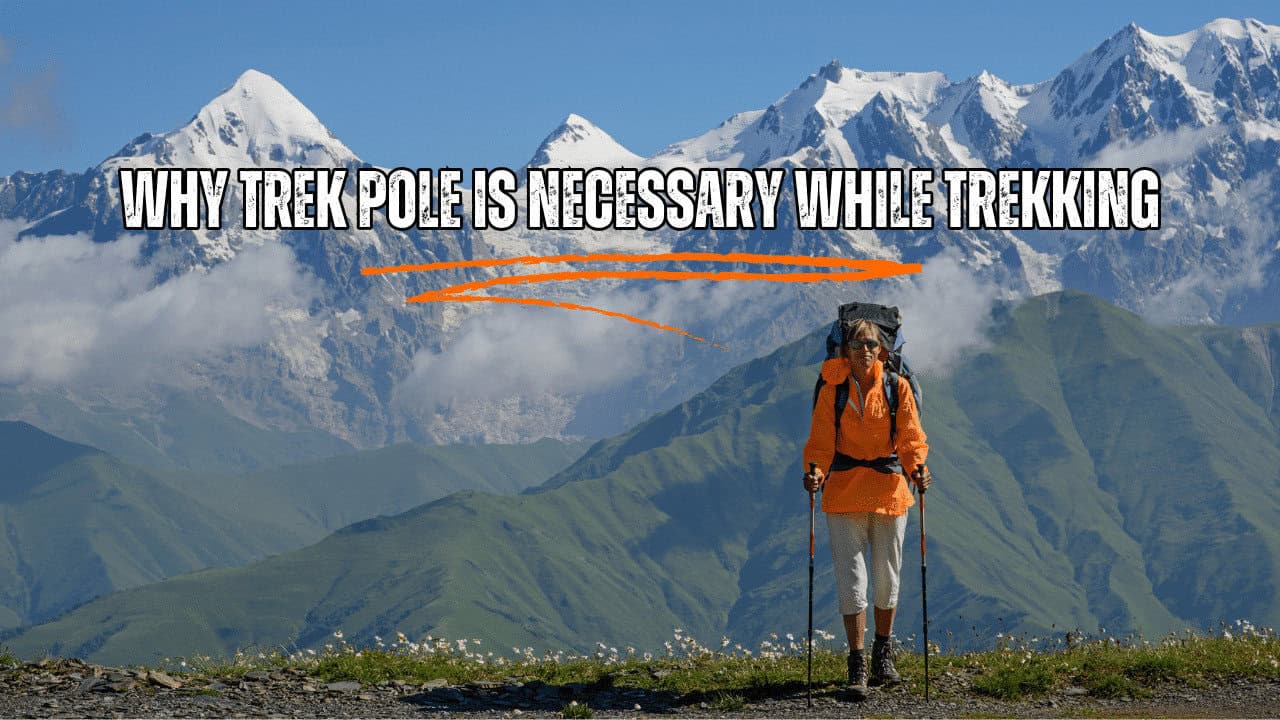
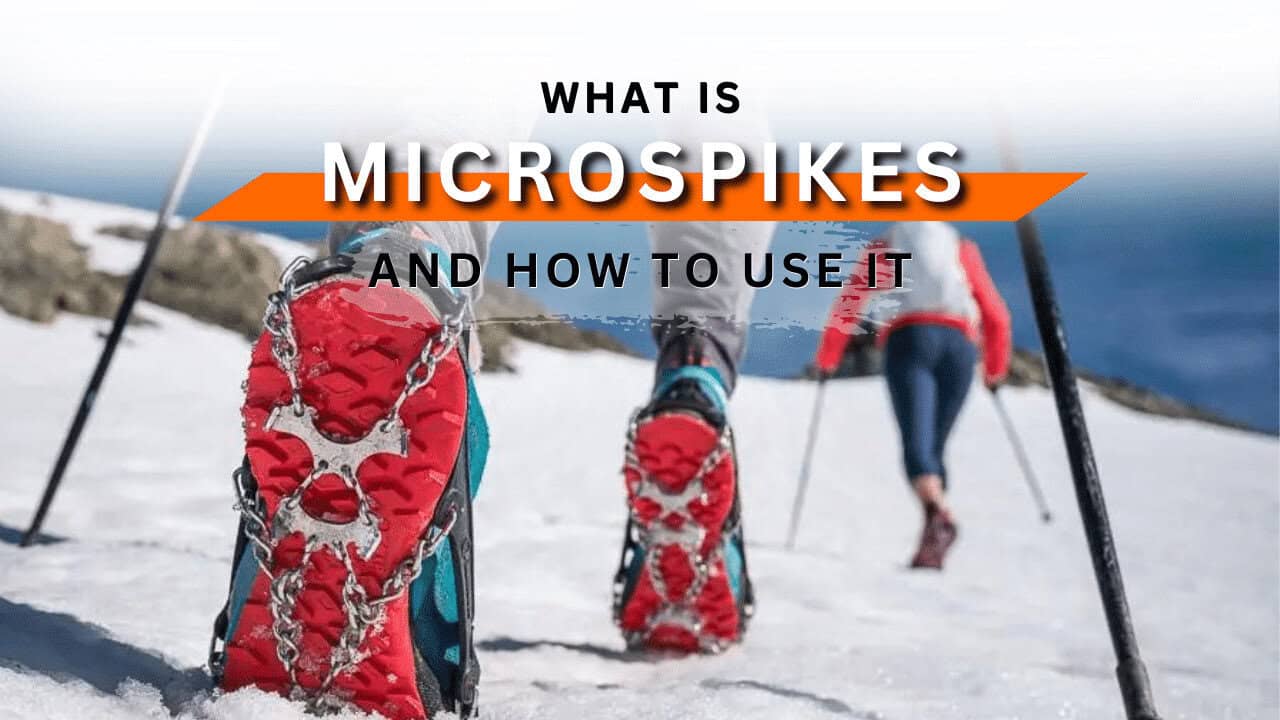
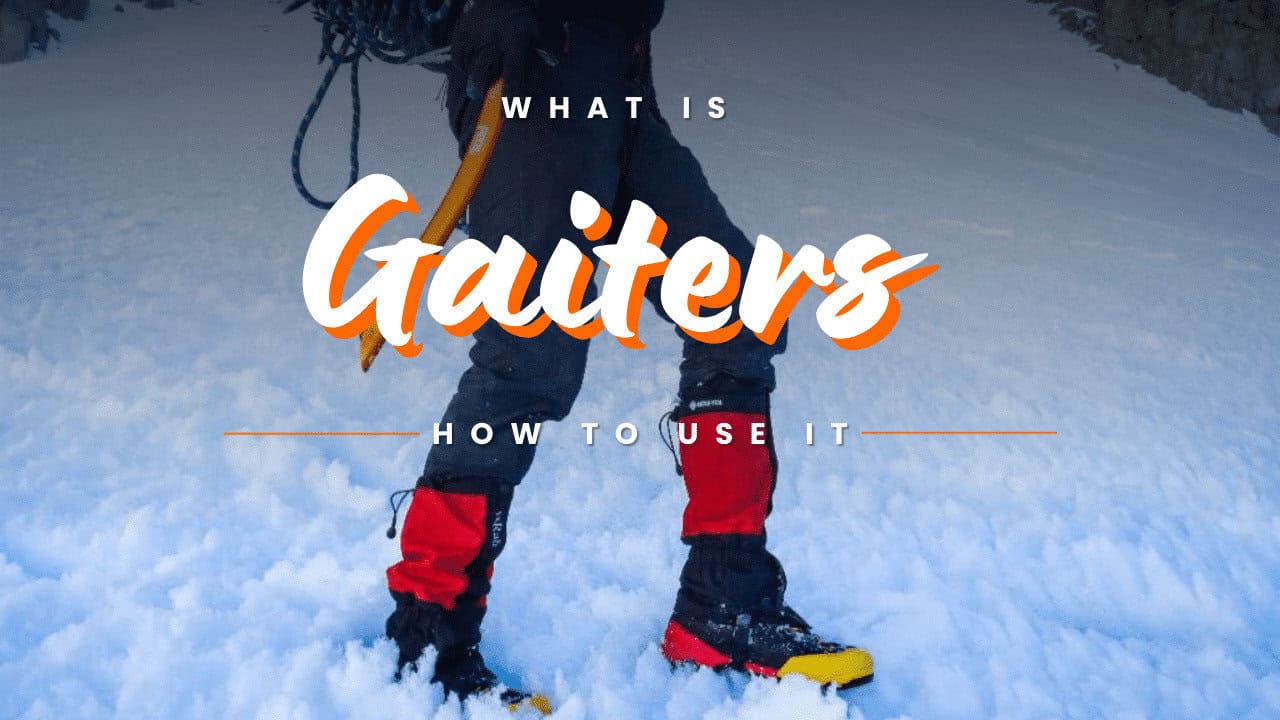
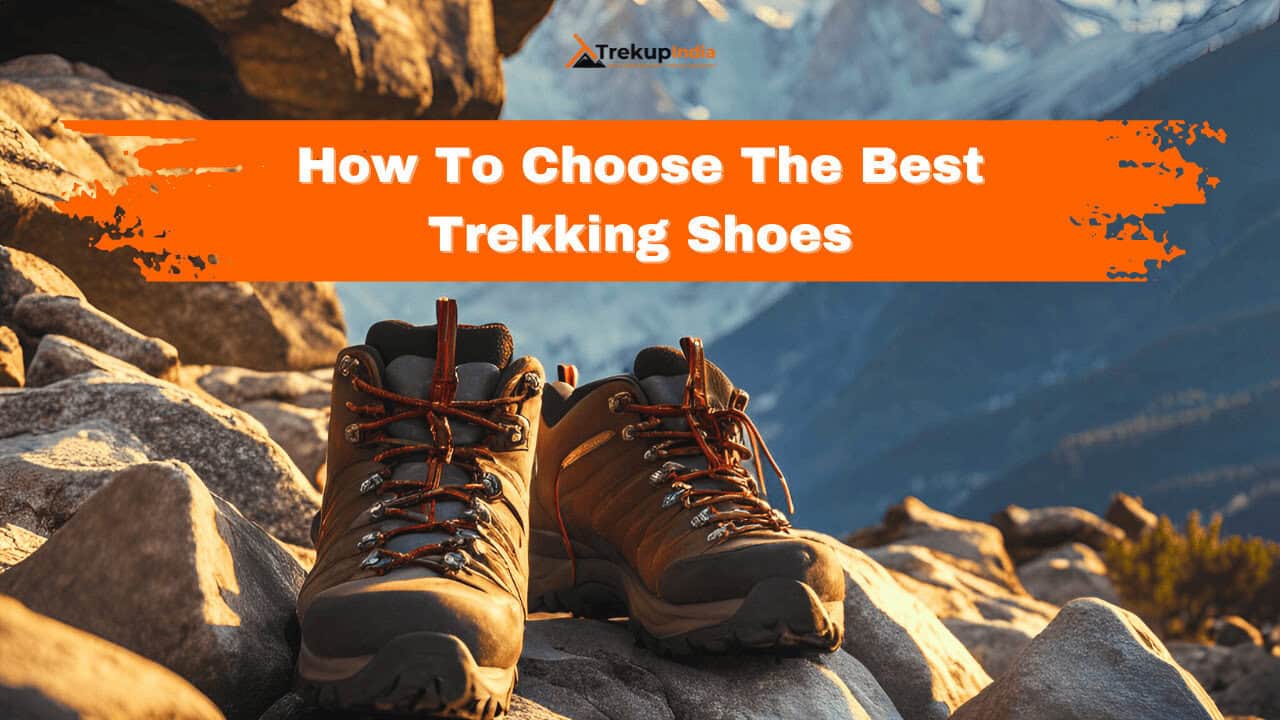
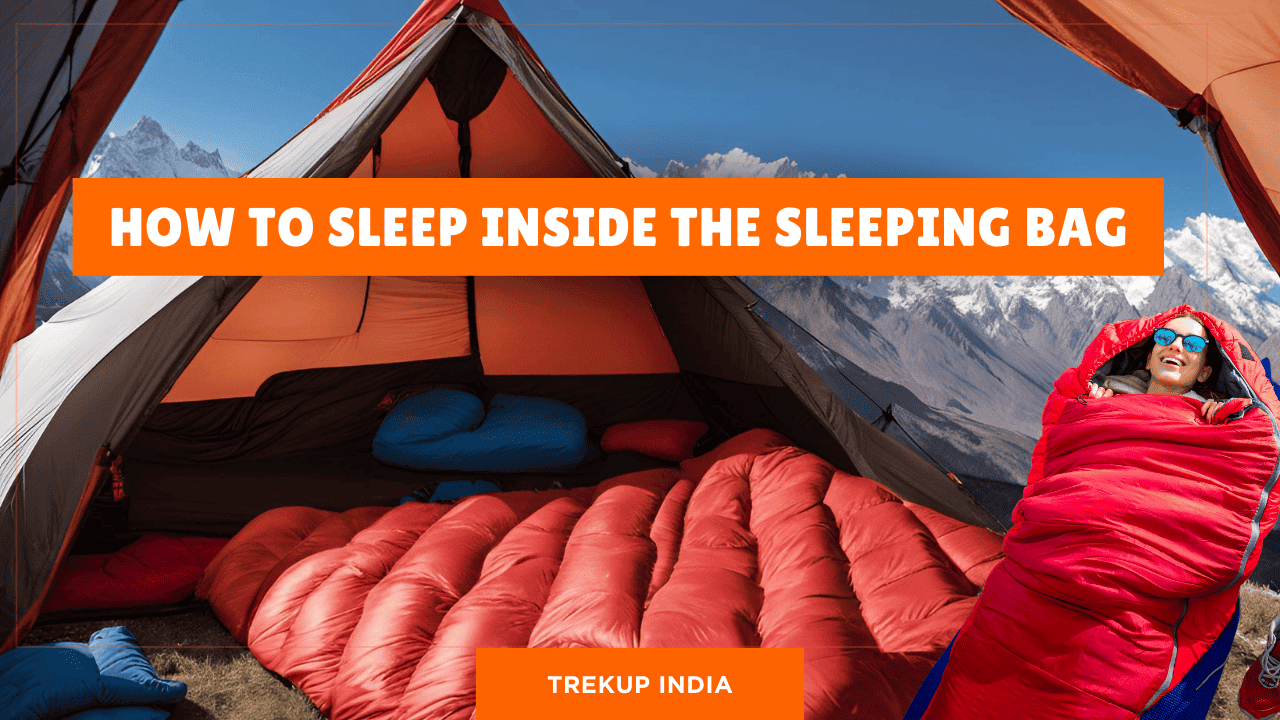
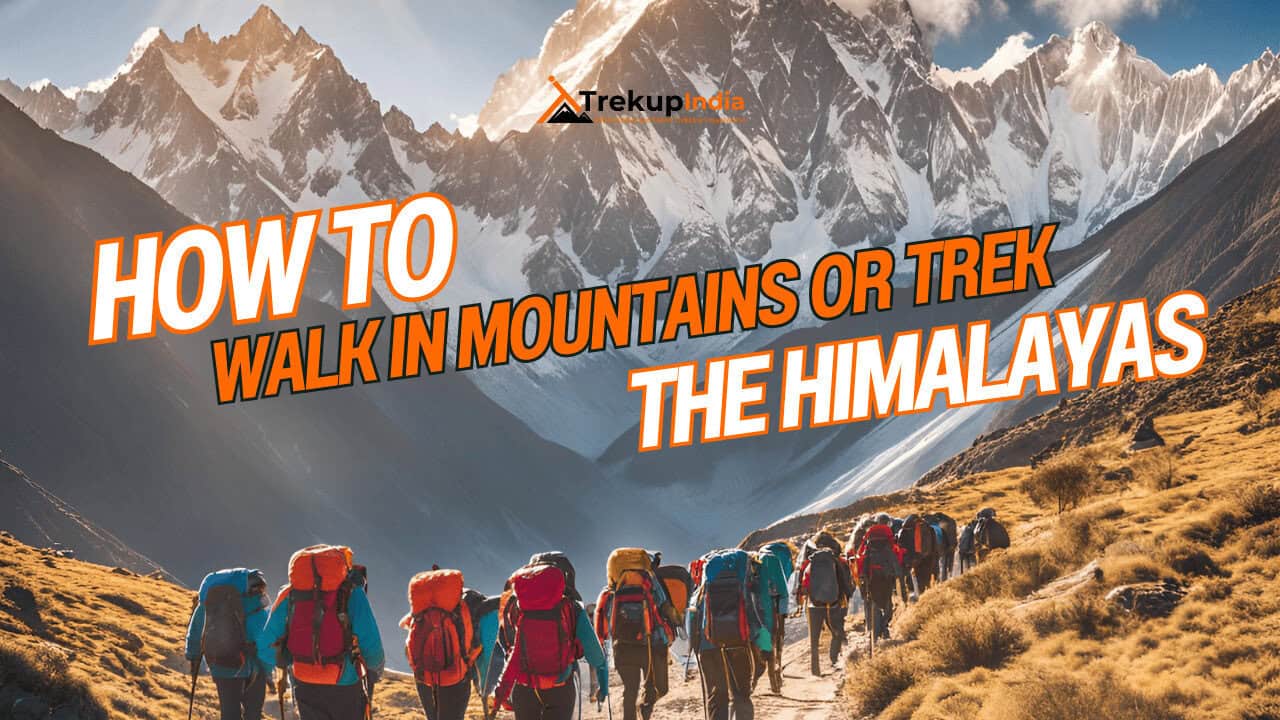
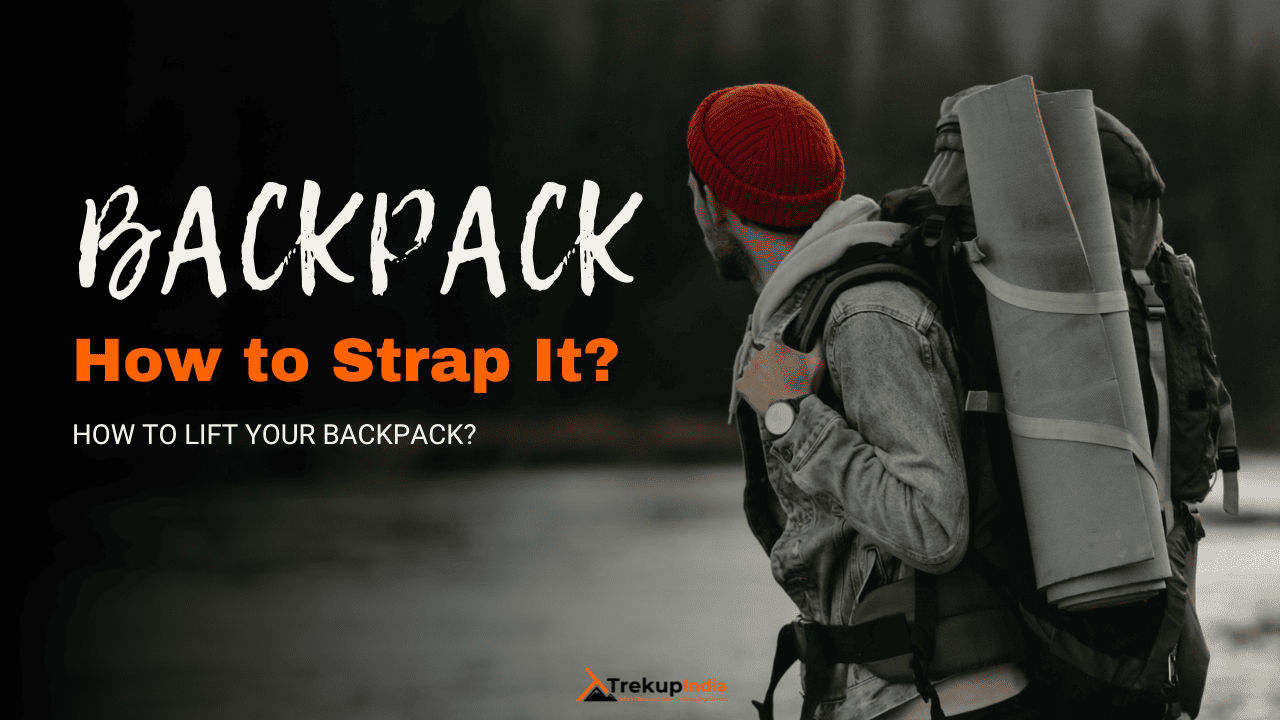
Know Everything About Acute Mountain Sickness
Acute Mountain Sickness occurs when people trek to high altitudes above 8,000 feet. This condition itself develops further due to reduced oxygen levels at such heights. Basically, as you go higher up, the air pressure and oxygen levels decrease, which causes the same problem. Acute Mountain Sickness surely causes headache, nausea, vomiting, and dizziness in affected persons. Moreover, peoples also experience difficulty in sleeping during this condition. To avoid mountain sickness, you should actually trek up slowly to higher altitudes. To learn further about this condition itself, watch the videos by Trekup India.
